Home »
Misc »
How to be a good teammate in basketball
How to be a good teammate in basketball
5 Ways to be a Great Teammate in Basketball
This article was written by Basketball HQ co-founder Kyle Ohman.
It seems that in today’s game with younger players, there is this misconception about what a great teammate looks like. There is this idea that you are either a great teammate or a great player, and it is up to the bench players or the role players to be good teammates.
However, that is just not the case. The best players on each team should also be the best teammates. If you need any further argument for this, just look at the Golden State Warriors or the San Antonio Spurs.
Both of these teams are filled with players that unselfishly put the team first, but somehow seem like they are having more fun than any other team in the NBA, while also, most importantly, winning at a high level.
There are skilled players that dominate the ball and put up great numbers, but eventually, they lose to a team that plays unselfishly for each other and is willing to do whatever it takes to win.![]() Great teams are filled with great teammates; it is as simple as that.
Great teams are filled with great teammates; it is as simple as that.
Listed below are five ways that every basketball player can focus on to be a better teammate and help their team.
Attitude
- We Over Me
- Understand that the team comes first and must be put above any personal goals.
- Be willing to sacrifice personal achievements for the team’s success, if needed.
- In most cases, the team’s success also raises your individual success. People like to follow winning teams.
- Bring it Everyday
- Have a great attitude even when you are tired, frustrated, etc.
- Encourage teammates to have a great attitude.
- Must speak to them in the right way.
Effort
- No Plays Off
- Give your best effort in practice, conditioning, the weight room, and any other team activity.
- Play your hardest, regardless of whether you feel like it or not.
- Teammates are always watching what you do.
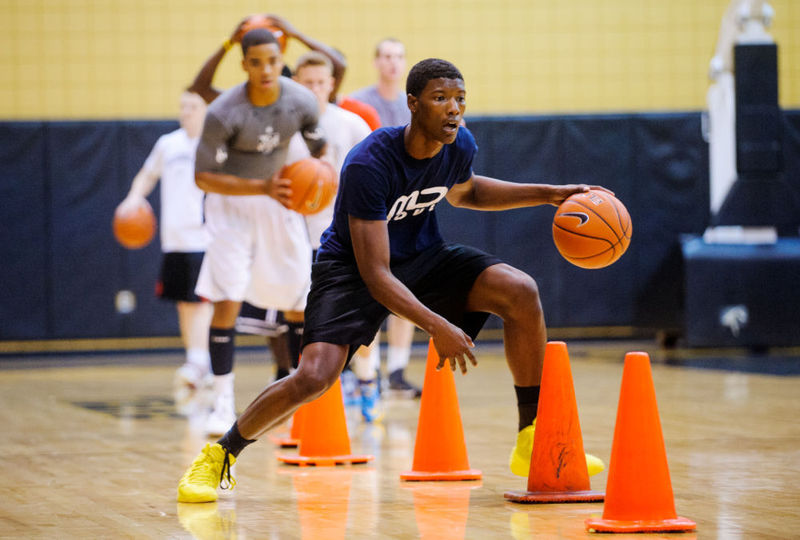
- You are always a leader, one way or the other.
- Off the Court
- Do your best in everything that you do.
- Classroom
- Film
- Scouting Report
- Studying
- Your best effort shouldn’t just be limited to basketball.
Engaged
- On the Floor
- Know the offense, defense, and any scouting report changes.
- Be able to communicate with your teammates and help them better understand these areas as well.
- Understand time and score, what the coach wants, game flow, and all the other details of each game.
- On the Bench
- Be equally engaged and communicate with teammates on the court.
- Echo play calls.
- Communicate to defense:
- Cutters
- Screens
- Scouting Report
- Type of Defense
- Celebrate team success.
- Bring energy from the bench.
- Don’t isolate at the end of the bench.
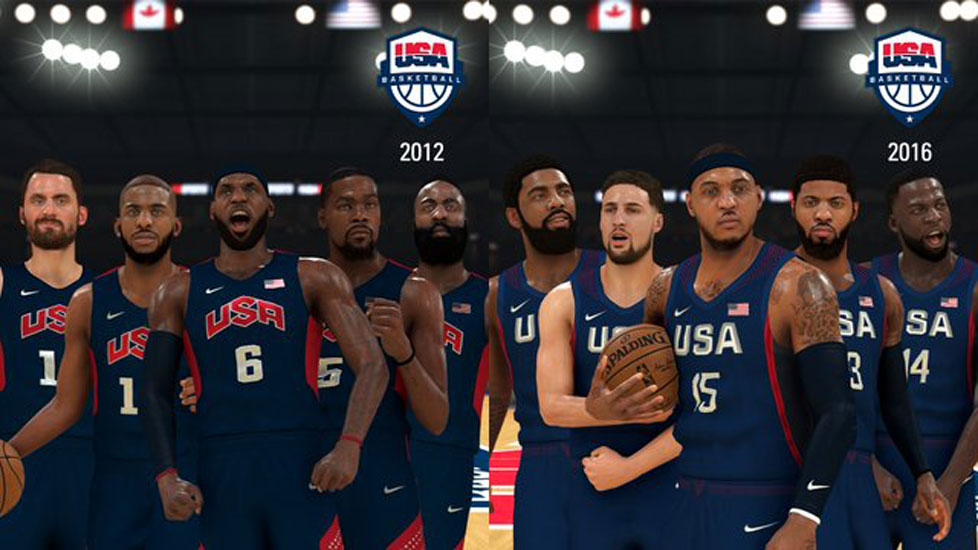
- Talk to coaches to better understand what they are looking for from you.
- Shows coaches that you are invested in the game.
Role
- Buy Into Your Role
- Whether it the leading scorer, defensive specialist, etc., you need to master your role.
- It is all about being the best you can be at YOUR job.
- Improving Your Role
- Always be working hard on your own to increase your role on the team.
- This needs to be done with extra work before and after practice.
- Be ready when the time comes to showcase your hard work.
- This may be more minutes, more shots, etc. Whatever it is, be ready to go when you are called upon.
Leader
- Lead by Example
- Be the first in and the last out of every practice, workout, meeting, etc.
- Give your best effort in everything that you do.
- Invest in Teammates
- Bring your teammates to the gym with you to workout.
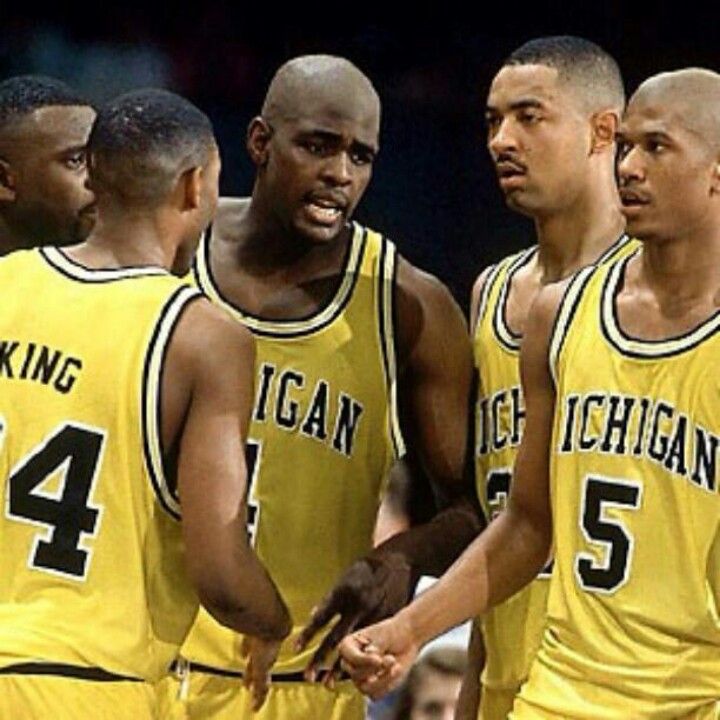
- Hold teammates accountable in practice and games (speaks to them in the right way).
- Must earn the right to do this by being consistent (goes back to daily attitude and effort).
- Celebrate another teammate’s success.
- Knowledge
- Help teammates better understand the team’s plays, defense, strategy, etc.
- To do this, you must be willing to put in the extra time to make sure that you understand team strategy at a high level.
How To Be a Better Basketball Teammate
This may shock you, but I actually disagree with the old saying, "There is no I in TEAM."
There is an "I", and one player can really make or break a team's culture depending on how they use their qualities...
Here are some tips that you can follow to be a better teammate...to give your team a chance to be the best it can be...
All you have to do is think T E A
M M
A T E S...
Verbal Language (the words that come out of your mouth)
A team needs to talk to each other on both ends of the court.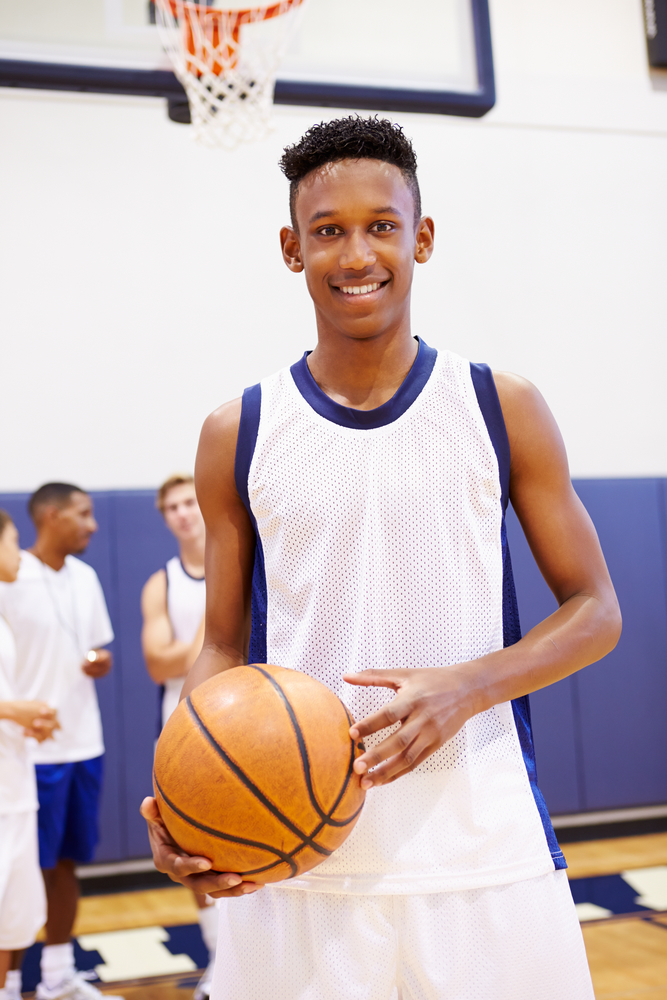 You have to be each other's eyes...it shouldn't be quiet at all!
You have to be each other's eyes...it shouldn't be quiet at all!
Half the time when something doesn't go right on the basketball court, it's usually because there was no communication, especially on defense.
In transition defense, communicate LOUD and EARLY every single time!
I mean every time you go down the court!! ("I got ball!! I have 21!!
Who has 10?")
On defense, call out every screen! ("Jimmy... screen left, screen left!"
Then say, "Get through" or "Switch, switch")
On defense, yell "shot" every time the ball goes up.
On defense, if the player picks up the ball after dribbling... yell
("The ball is dead. It's dead.") This tells teammates that they can deny
and look to steal the pass.
When you're on the sideline...you can say the same things. ("Who has 21? Stop
the ball!")
On offense, you can "call back" your coach's instruction to make sure
everyone hears it.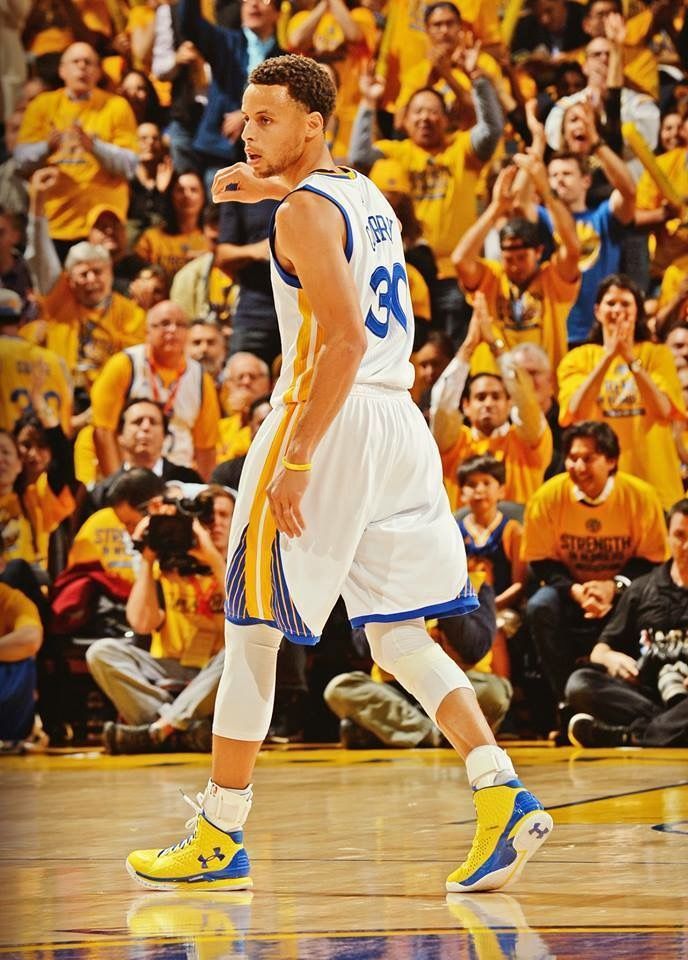 For example, if the coach says "Run Inbounds Play 2", you
can call it back by immediately holding your hand up (with two fingers) and
saying, "Under the basket, run 2... run 2."
For example, if the coach says "Run Inbounds Play 2", you
can call it back by immediately holding your hand up (with two fingers) and
saying, "Under the basket, run 2... run 2."
Nonverbal Language (facial
expression, stance, eyes, etc.)
Your nonverbals - body language - are also a form of communication.
What you do with your arms, how you stand or sit on the bench, your facial
expression...they all send a message. Just make sure it's a positive message!
Rolling your eyes, mouthing swear words or other words bring your teammates down and
can create some anxiety or uncomfortableness for others.
Stand and sit up straight, look people in the eye, nod, smile - those improve
your team's atmosphere!
Source: London Image Institute
Energy Givers have positive attitudes which trickle down to other players. They
bring "life" to practice and games, putting everybody in a better mood.
Enthusiasm is contagious. There's nothing worse than a flat practice or game
where nobody's excited.
There's nothing worse than a flat practice or game
where nobody's excited.
During a game or practice, make sure you cheer on teammates (even from the bench)
and give some high fives when celebrating!
And often the new or inexperienced players need the most encouragement and
support from you.
You can boost these teammates' confidence by...
Hanging out with the new player before practice or a game.
Catching up with them outside of basketball.
Helping them through drills and plays they're unfamiliar with.
Giving them extra words of encouragement.
Let's face it... we're all humans and it's more enjoyable to have a little fun
in life. Nobody wants to be around a person with a poor attitude. Don't be a Debbie
Downer.
Bring positive energy - no matter the situation your team or you're in.
Be confident, not cocky.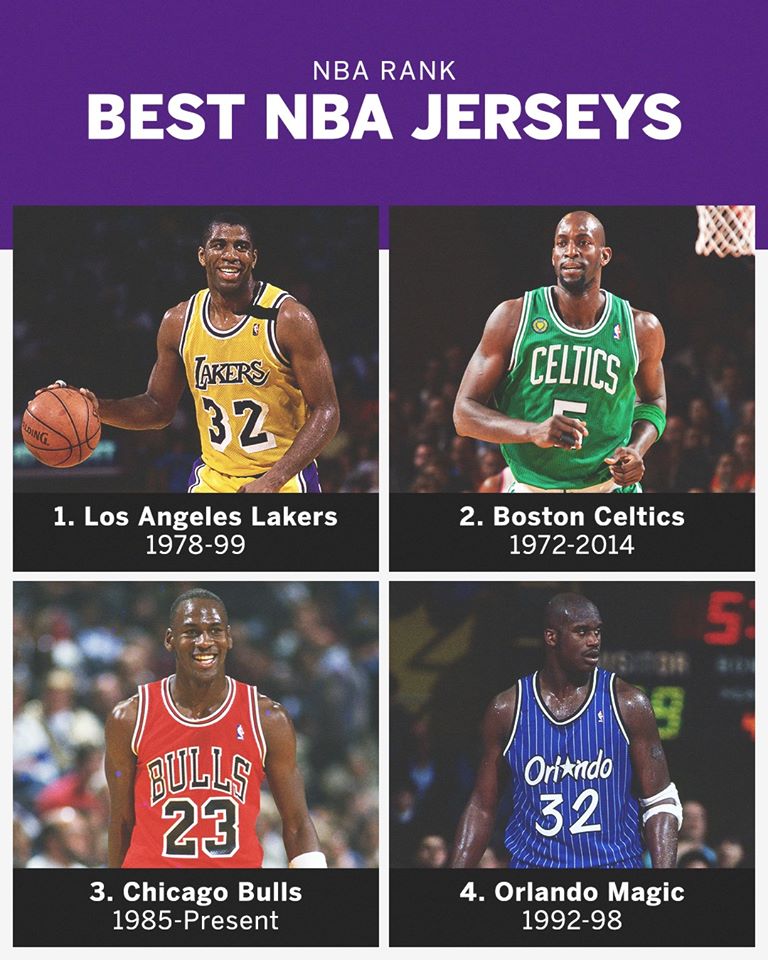 There's a difference. "I'm going to make my free
throws in the game tonight" is much better than "I'm the GOAT in tonight's game.
No one can touch me."
There's a difference. "I'm going to make my free
throws in the game tonight" is much better than "I'm the GOAT in tonight's game.
No one can touch me."
Have a Growth Mindset instead of a negative "fixed" mindset:
If you consistently say things to yourself like, "I can't shoot free throws,"
rethink it...
Add YET to the end helps: "I can't shoot free throws YET."
This implies you know that you can improve by working at it.
Don't be afraid of mistakes. Be afraid if you don't learn from your
mistakes. Just try again...
Who cares if you screw up - Do better next time!
The best players react in a positive way to mistakes and don't let them
snowball into a bunch of mistakes, which obviously hurts the team.
Tell yourself, "I'll do better next time!"
Have a "Next Play Mentality.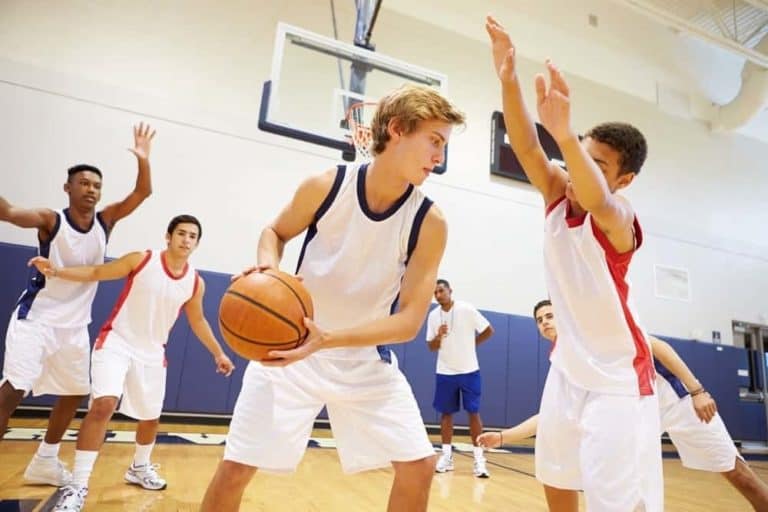 "
"
Your stats shouldn't be as important as the team's performance.
Great teammates put their team first and do whatever it takes to help them be
successful.
If you score 20 points but your team loses by 10, stay humble. Don't brag
about how many points you scored when your teammates are down because of the loss.
Instead, you have to be the player who brings the team back up...getting them
psyched for the next game. Make a plan and implement how you will all do better the
next game!
Everyone has different roles on the team. Figure out what you're good at and master
that talent.
Or you can figure out what your team is missing and work to be the best at that.
Either way, you're helping your teammates out by knowing your role and working
to become the most skilled version of you.
So, if you can be the best at least one thing on the team, your team will
do better because there's an expert player doing the right things!
You don't have control of your height. But can you be the best communicator on
the team?
But can you be the best communicator on
the team?
Can you be the best defensive player?
Here are a few ideas for you to consider that will help your team:
Best rebounder
Best defender
Best shooting
Best playmaker
Best communicator on defense, offense, and on the sideline
Best finisher (driving and finishing at the basket)
Best post player
Best energy player (hustle, dive on floor, spring, and play harder than
anyone else)
Lead by example - bring it every single day...no matter how you're feeling!
You'll inspire your teammates and set the bar high for them - they'll have no
choice but to keep up, which makes everyone better.
Be a great practice player and challenge your teammates to make the team better.
Here are some ways to put in 100% effort:
Sprint in transition!
Work your tail off on defense!
Get on the boards!
Hustle to every huddle or drill!
Perform every drill hard!
Dive on the floor for a loose basketball!
Sprint to your position on every pass!
Stay down in your defensive stance!
If you put all this effort into practice and games, you're sending the message
that there's no slacking allowed!
If you don't show up at your job, you'll be fired.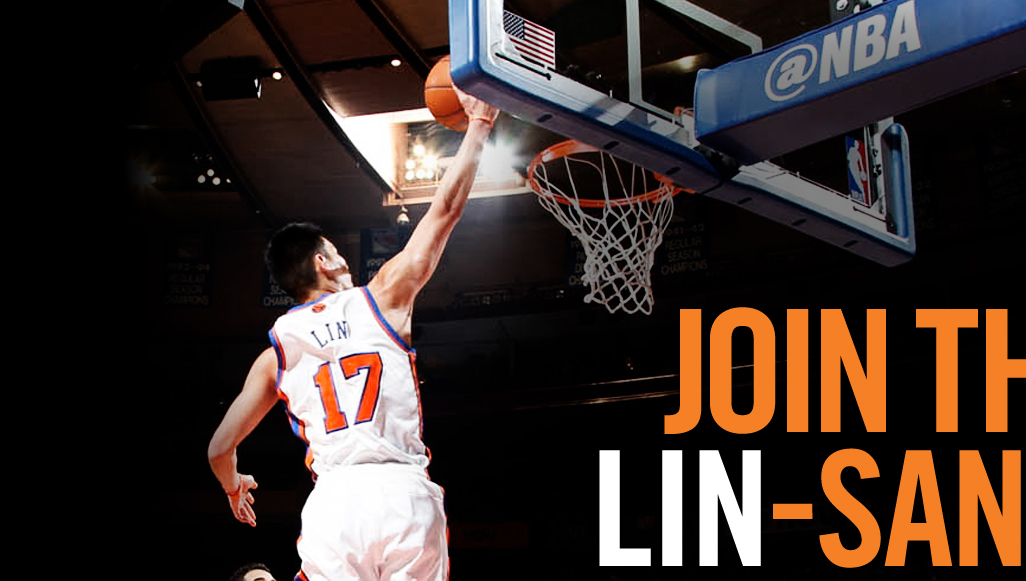 If you don't show up for
school, you'll get in trouble. Why should it be different for basketball?
If you don't show up for
school, you'll get in trouble. Why should it be different for basketball?
Even if you're tired or have a ton of homework, SHOW UP!
Then your team always has enough people to practice well and prepare for
opponents...and your presence sends the message that you put the team first.
We already talked about how to be physically tough and why that makes a
good teammate.
Remember to...
But you also have to be mentally tough.
Bad stuff happens...You miss open layups. You play perfect defense and they
bank in a contested three. Refs are inconsistent.
But you have to keep pressing forward for the team...Have that growth mindset
of "next play mentality" - one possession at a time.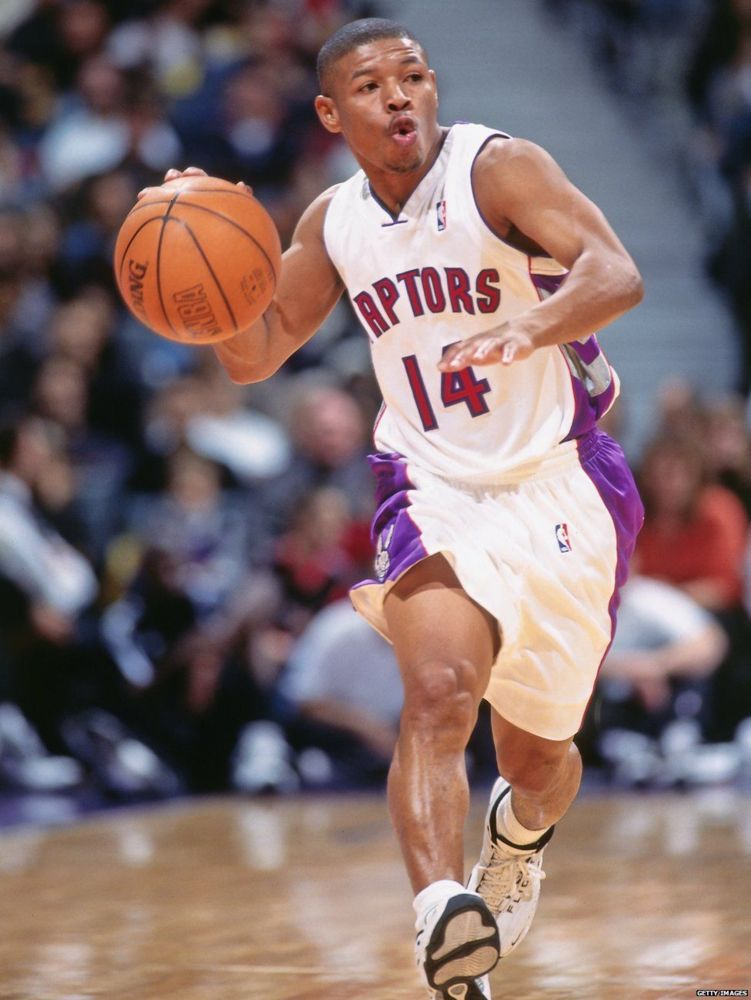 .
.
Learn to shake it off and move on...or you'll bring the team down...and your chances
of winning.
If you are hanging your head, how can you sprint back in transition,
communicate, and put in great effort for the next play?
Mistakes are part of basketball. Think about these great players - and
teammates:
Stephen Curry - He's the best 3 point shooter in the world but misses
more 3pt shots than he makes!!! He fails more than half of the time!
Lebron James has turnovers and numerous missed shots every game.
Michael Jordan has missed 26 game winning shots.
Luca Doncic hit just 40% of free throws last year (that's less than
half).
See? Even the best players in the world make mistakes ALL THE TIME!!!
Do you see Stephen Curry pouting or hanging his head after missing shots? Of
course not!
Does Luca Doncic stomp his feet and plop himself down on the bench after a free
throw miss? No!
Basketball is a game of misses and mistakes.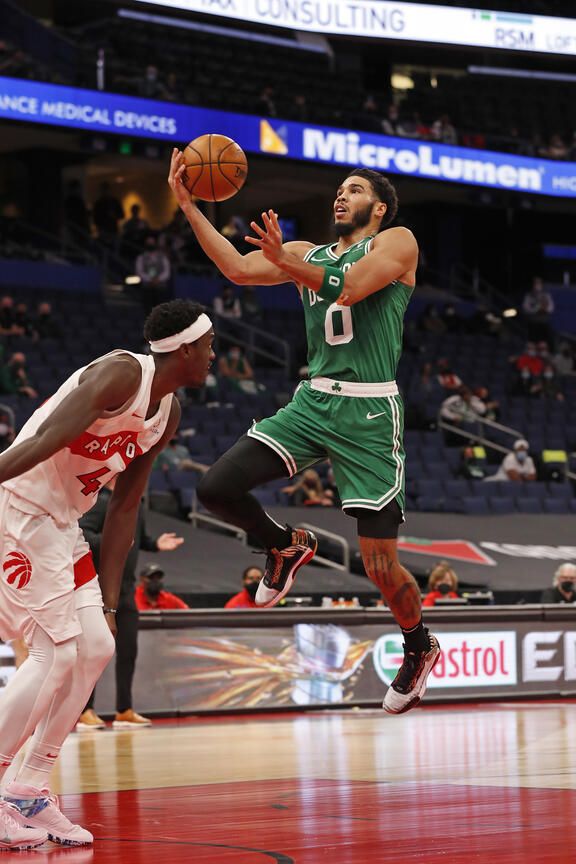 ..and you can control how you react
to them.
..and you can control how you react
to them.
Stay positive and send the right message to your teammates!
Like we said, great teammates may occasionally miss easy shots, dribble off their foot, commit turnovers, or miss a defensive assignment...
But they don't make excuses.
There is nothing wrong or "weak" about acknowledging your mistakes, taking
responsibility, and ensuring the mistakes don't happen again.
A great teammate is always open to feedback. If a coach or teammate is
offering you some constructive criticism, accept it and reflect on it. Pay
attention to what they're saying and then apply it.
Don't pout or start with the excuses.
And if you need to say "Sorry" for something, that's good. But always take it to
the next step and FIX IT.
Here are some ways to show good sportsmanship (or "sports-woman-ship" - right,
ladies?) that will help you be a positive role model for your teammates. ..
..
Help players off the floor and play hard-but-clean basketball -
teammates will know that they can count on you not to lose your cool and hurt your
team in a negative way at an important time.
Shake the opposing coach's hand and say, "Good game." Do the same to
your coach. Even if you lost.
Use manners. Please, thank you, and you're welcome go a
long ways.
Talk nicely TO teammates, coaches, and opponents. Be positive, kind,
and supportive. Use teammates' names.
Talk nicely ABOUT teammates, coaches, and opponents, even if you
think they'll never hear what you said or read what you posted on social media.
And remember...you're not only setting a good example for teammates, but
also for all those young players who idolize you, watching your every move from the
stands.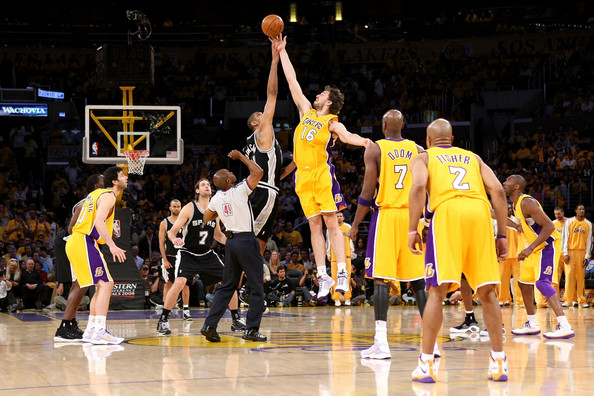 ..And below is a graphic to remind you how to be a great basketball
teammate!
..And below is a graphic to remind you how to be a great basketball
teammate!Click below to download the whole article, poem and the TEAMMATES images:
Tips from experienced masters: how to become the best basketball player
Basketball is gaining more and more popularity every year. Today you will learn a few simple guidelines that will help beginners build a path to a real professional. The development and improvement of mastery depends on how much a person can master the skills of independent development in this area.
Physical training is the basis of a good basketball player
All professional athletes, including basketball players, have a good and comprehensive physical development. In order to have an advantage over your opponents in this game, you must develop the following qualities: strength, speed, endurance, agility and coordination.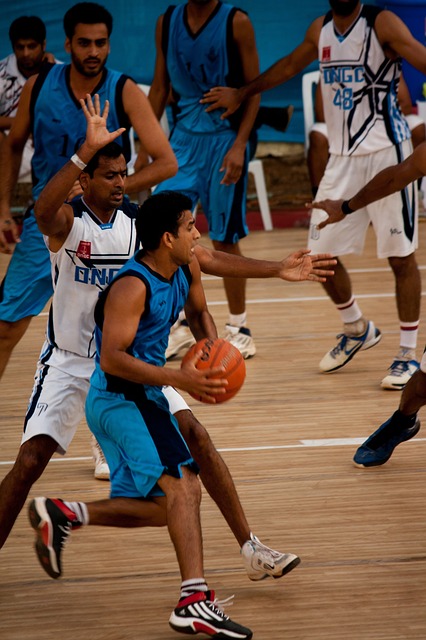
By training in the basketball section, you are most likely mastering general physical fitness. However, if you train only with the ball, then you will not be able to comprehensively develop your fitness. In order to achieve it, you need to take up other sports. For example, athletics - it will help develop endurance and speed. Other qualities can be developed with the help of specialized exercises.
Each sport is unique and has a priority of development of one criterion, others, of course, are also developing, but to a lesser extent.
The Ministry of Labor of the Russian Federation announced that they would no longer extend the weekend in May
For diseases of the joints and not only: Dr. Myasnikov recalled the benefits of coffee which every basketball player should know
- There is no limit to perfection. Any, even the simplest technique, can be perfected over the years. Which one to focus on? Pay attention to your own body.
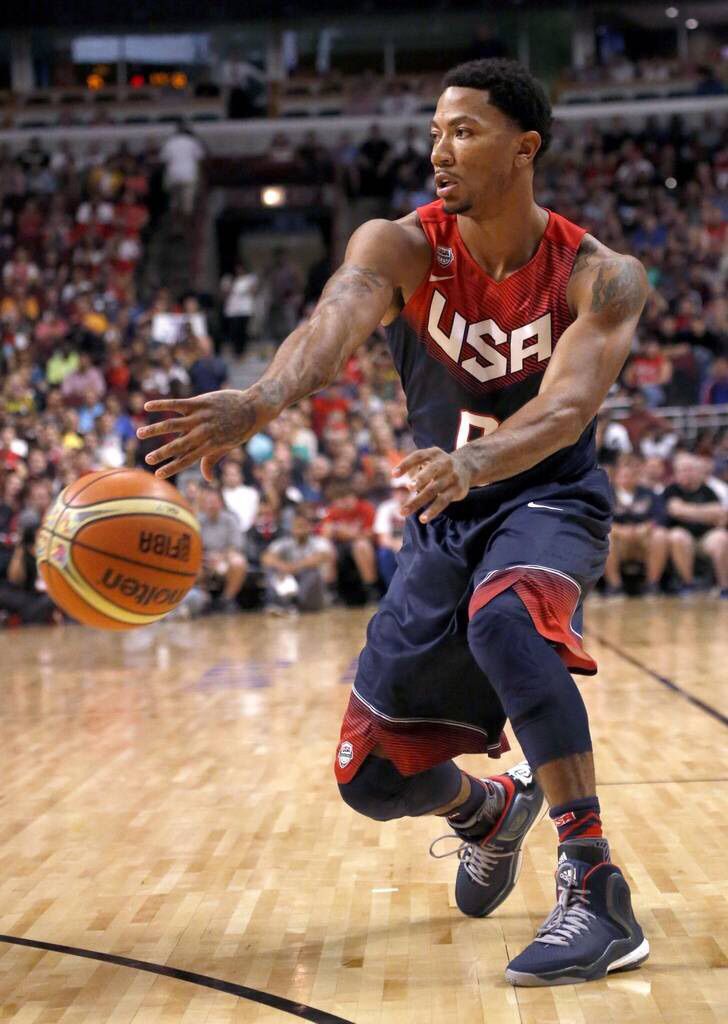
- Athletes must master many techniques with high quality and then try to use them during training games.
- If a basketball player constantly develops his technical skills, then in time he will become a virtuoso.
- You must master your strengths and over time work on getting rid of your weaknesses.
- Do not try to go too far at once, gradually master new movements.
- Beginners should learn the whole arsenal at once and understand where to focus.
- The player can choose his specialization after he has already mastered many techniques. And then choose your style of play.
Master yourself
You must remember that every workout allows you to master your movements more clearly. Do not be lazy, and if there are no valid circumstances, then do not skip classes. The main thing is regularity. Over time, you will develop a habit, and you will not be able to imagine your life without basketball. Get rid of your weaknesses and focus on your strengths.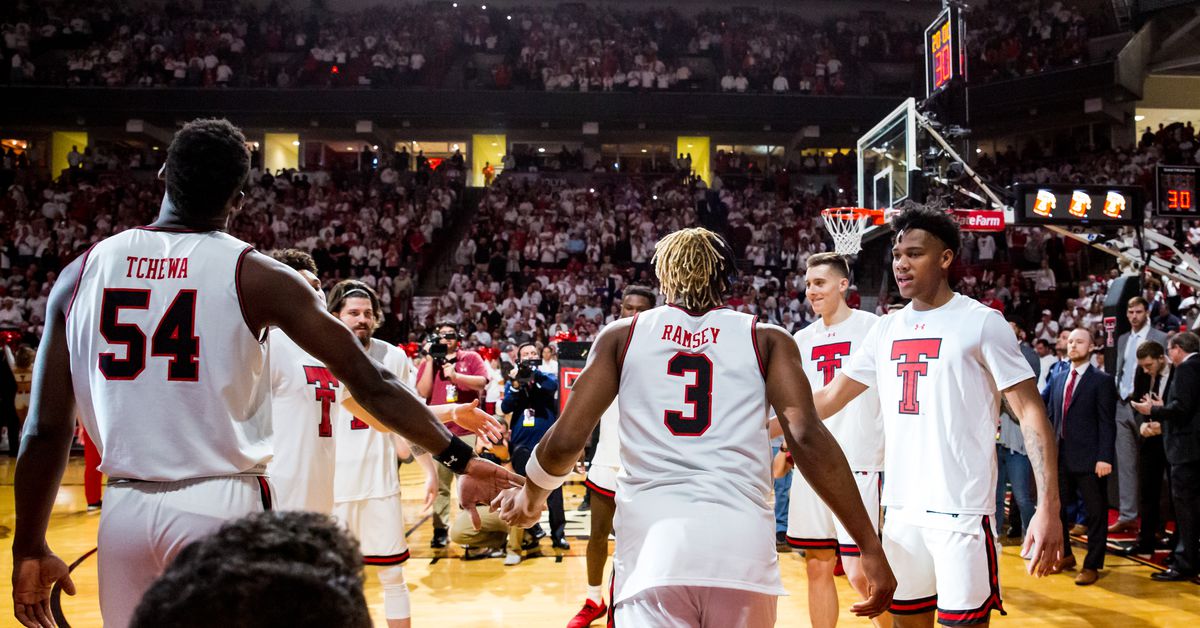
Manipulator and 4 more types of spouses: how to identify your own and get rid of problems
Magnit, in partnership with Sberbank, introduces the technology of paying for purchases with a glance
Return to Reality: a doctor gave advice on how to distract a child from cartoons
Practical tips to improve your game
- Remember that every sport favors muscle flexibility. Do your best to be flexible. Eliminate the possibility of injury due to lack of flexibility.
- Carefully study all the rules of the game. Find out what you can get a foul for, what is dribbling, rebounding, etc. Also, if you have a friend who can pass on some knowledge to you, be sure to chat with him.
- Practice basic movements. Become your own coach, choose a sports ground that you like and train hard on it. Move at different paces, throw the ball into the air and catch it as you move.
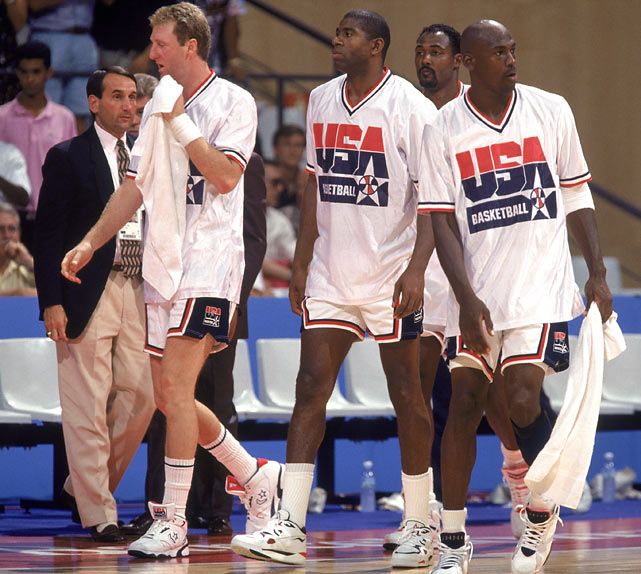 Practice throws into the ring from different angles.
Practice throws into the ring from different angles. - Practice with other basketball players. Learn all the terms and definitions and start using them regularly. They should fit tightly into your vocabulary.
- You must be a good friend. Pass often, occupy an open area in order to help another team member who is blocked.
- Come up with new tricks. Start with simple ones and gradually complicate them. Be patient and keep practicing until you succeed. Don't give up, be determined.
- Play at least once every two days, preferably every day. If you have the opportunity to go to the basketball court - by all means use it. Develop tolerance and a sense of devotion to basketball, and then you will definitely achieve certain heights.
- Play with peers. As a player, you need to know how your opponents handle the ball. If you can't beat them, then work harder. After solo workouts that focus on boosting ancillary qualities like speed and stamina, be sure to be the best on the court.

- Focus on dribbling. The only possible way to achieve great success is to be good at dribbling. You may be the most accurate basketball player on the planet, but you won't be a good player if you can't break through the opposing team's defense.
How to become a good basketball player?
- The main thing to remember is that hard work is the key to becoming a great basketball player. A cheerful spirit and self-confidence will definitely contribute to this.
- Remember that clever attacks are key.
- Eat healthy food. During the game you lose a lot of calories, recover well. Eat more protein and plant foods.
- When you play defense, always stand face to face with your opponent.
- Get used to constant interaction with teammates. Develop your signals.
- Remember that basketball is a team game where the team wins, not just one player. If you want to win, then be as united as possible.
- Be friendly and never scold other team members.
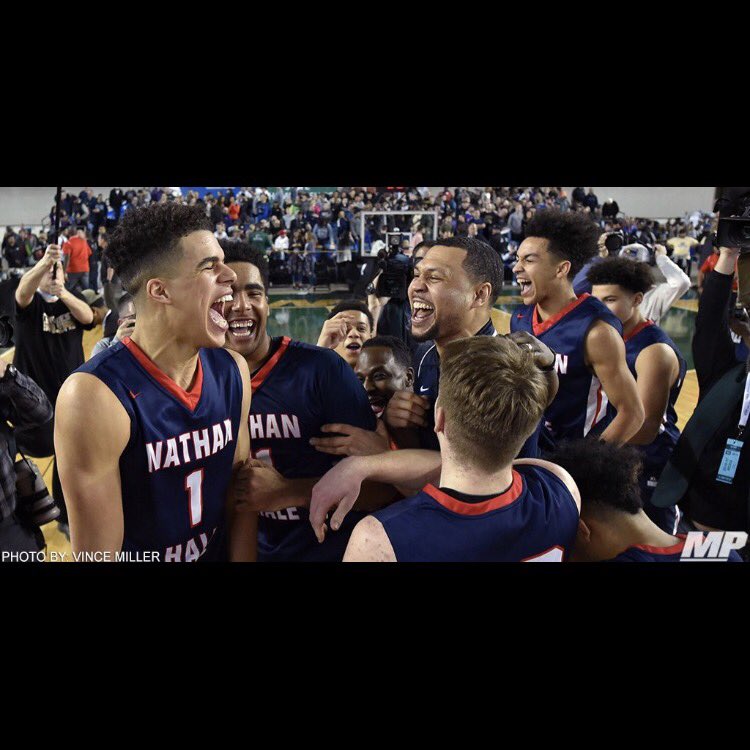 If you think that you are better than them, then know that arrogance is a terrible character trait.
If you think that you are better than them, then know that arrogance is a terrible character trait. - You will win favor with the judges if you play fair.
- Earn the respect of your new teammates with a good game.
Top warnings to help you avoid big mistakes
- Never be afraid to throw the ball or attack if you think you're not ready. Also, never show off, let your partners know that you have your place and that you are a useful team member.
- Warm up well before playing. Do a light jog, then joint exercises and stretching. Flexibility while playing is a must. If you get hurt, you will blame yourself for it. So be smart.
- Get rid of stereotypes. You don't have to be tall to play basketball. Everyone can enjoy exercising.
- Do not show aggression towards other players, otherwise you will simply be escorted off the field. Treat your opponents with respect. It is clear that the release of adrenaline makes itself felt, but try to control yourself.

- Do not play basketball in enclosed spaces such as an apartment. The clatter of the ball can annoy your cohabitants. Moreover, you risk breaking something.
Keep your body in good physical shape
Sport involves the development of all physical abilities to one degree or another. To be a good basketball player, you need to keep fit, learn new tricks and learn new things.
Good athletes never miss a workout and constantly develop their skills. For many sports players, the ball is the meaning of life. Are you ready to sacrifice a lot in order to master it professionally?
Found a violation? Complain about content
A. Ya. Gomelsky about strategy and tactics in basketball
copies of swiss watches
Strategy is the main theoretical direction of the entire work of the team, which determines the means and methods of preparation for the main competitions. Four-year plan for the preparation of the USSR national team for the Olympics in Seoul - the strategy of the team in 1985-1988.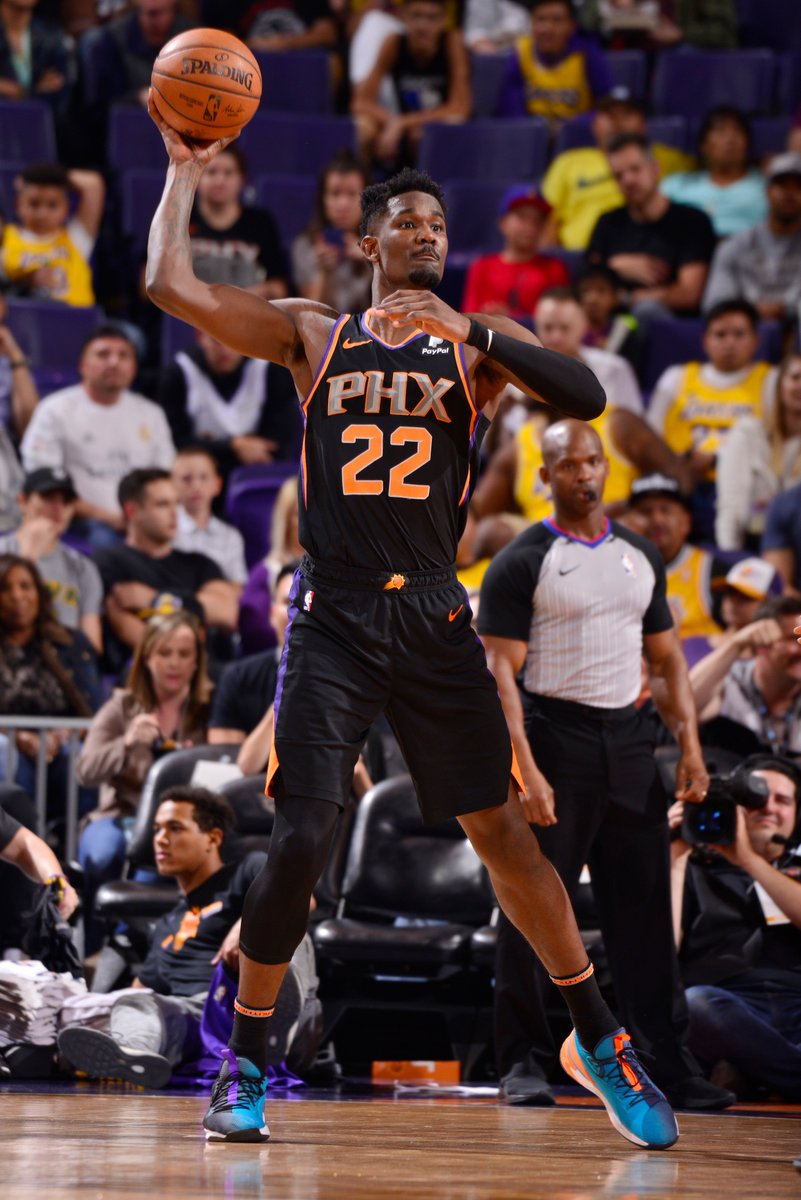 The strategy also provides for the management of the team during the competition.
The strategy also provides for the management of the team during the competition.
Tactics is a part of the strategy that solves the main tasks of training, taking into account specific capabilities - team resources, characteristics of opponents, competition conditions. All this determines the tactical and combination baggage of the team.
When choosing game tactics (attack), one should proceed, firstly, from the real capabilities of the players, taking into account, first of all, their strengths, for the disclosure of which combinations are built and learned. Secondly, attack tactics are determined by the strength and weakness of a real opponent in a tournament, match.
I usually discuss playing combinations with the players for whom this combination is designed. I know the strengths of my players, but the players themselves know them even better and can make significant adjustments to the combinations I have proposed.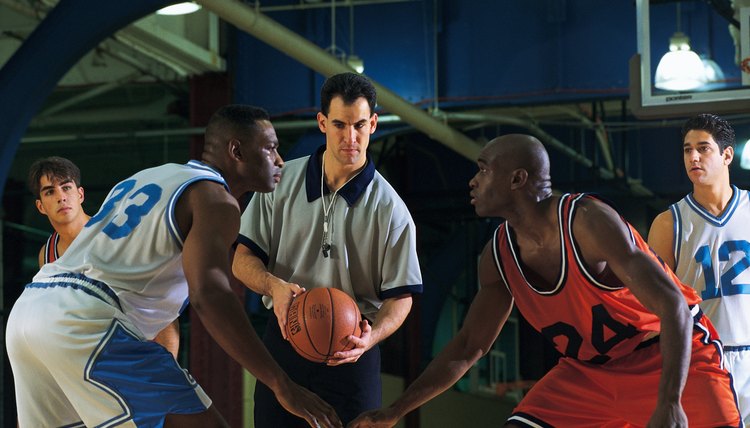
A.Ya. Gomelsky about playing defense
I believe that defense is the main concern of the coach: firstly, because the victory of the team largely depends on its strength, secondly, because the attack starts from defense, like from a stove, in- thirdly, because the players themselves never work on the elements of protection, and finally, because the audience, as a rule, does not see it, even journalists often underestimate it.
The best team cannot win without a solid defense. Team defense is built on the individual characteristics, capabilities and mood of all players. Often in training, and even in competitions, individual players show indifference to defensive actions. It always bothered me and even angered me. Yes, the menial work on defense isn't that spectacular - except for things like block shots, rebounds, interceptions.' And many players are not aggressive on defense, they are resting on defense, trying to prove themselves in attack.
I am sure that without great desire, responsibility, initiative, passion, it is simply impossible to defend today.
If the defender allowed the attacker to receive the ball in the danger zone, he has already lost. And how many cases when the center is allowed to receive the ball in the three-second zone under the shield, without striving to actively fight for an advantageous position.
Often defensive players are in no hurry, they do not concentrate their attention and efforts enough on this part of the game.
I want to emphasize that the psychology of defense is one of the most important concerns of a coach, and often more depends on the focus on defense than on technique and physical condition. Doesn't the ability to intercept the ball and win the rebound depend on the mind and the ability to calculate one's strength? If a player goes to intercept the ball, exposing his rear, and slips past the ball, is this not the result of poor calculation, inability to predict, anticipate the situation, think and act responsibly? All this is the psychology of protection.
I believe that a player who is weak and inept in defense causes more damage to the team than a player who is weak in attack. The definition of "good defense is head and legs", while still valid, is incomplete. Fast, tenacious, active hands that can both hit and intercept the ball, and prevent a throw, pass, kick the ball while dribbling are no less important for a defender
The definition of "good defense is head and legs", while still valid, is incomplete. Fast, tenacious, active hands that can both hit and intercept the ball, and prevent a throw, pass, kick the ball while dribbling are no less important for a defender
Counterattack
Counterattack is the most spectacular and quick use of all opportunities to achieve result.
Fast play requires high technique. The desire to play at high speeds is commendable and acceptable only if the speed does not exceed the state of the art. Otherwise, there will be more mistakes, losses of the ball than achievements. Therefore, in an effort to prepare a fast break, it is necessary to train the execution of all technical elements at high speeds, using both active and passive resistance of defenders in situations 1-1, 2-1, 3-2, 4-3, 5--4 and with numerical equality.
My idea of a counter-attack is not only to move quickly towards the opponent's backboard, but also to quickly transfer the ball to the opponent's backboard with sharp passes, or, if there is no free recipient to receive the ball, by dribbling the ball, actively moving forward. In the final stage of the fast break, players strive to create a triangle in the front line of attack with the apex on the free throw line. There should be a player with the ball, and two other players - to the left and right of him, 4-5 m ahead.
In the final stage of the fast break, players strive to create a triangle in the front line of attack with the apex on the free throw line. There should be a player with the ball, and two other players - to the left and right of him, 4-5 m ahead.
A counterattack is possible in the following situations:
1) when intercepting the ball;
2) when taking a rebound on his shield;
3) after the opponent has made free throws;
4) after winning a dropped ball;
5) after the opponent manages to pocket the ball.
The best outcome of a fast break is taking the opponent's ring with a numerical advantage, when implementing situations in numerical equality: 1-1, 2-2, 3-3, 4-4. This is easier than beating a 5-5 defense that has already built up its defensive formations.
There are three phases in a counterattack that are equally important for success:
1) the beginning of a fast break - rebounding the ball, first pass, movement of the players, their start;
2) the middle stage of the development of the attack - the transition by the players of the middle line of the field, their advancement;
3) completion of the attack - passing the ball at speed and throwing in close proximity to the backboard.
The timing of the "rehearsed fast break" depends on the speed of the players, the ball passes and the finishing shot. The USSR national team spent 5-7 s on a layered fast break. I think that the schemes of her tactical formations will provide great opportunities for the creativity of coaches working with any teams.
Playing in the USSR national team such powerful and tall centers as A. Sabonis and V. Tkachenko made it possible to carry out a counterattack through one long pass across the entire court.
Center #5, after recovering the ball from the backboard, passes it to runaway #2.
Such an attack was especially successful when building a zone or mixed defense, when one of the defenders or wingers playing in the front line of defense was given the task of running away at the moment of throwing at our ring, in the expectation that the giants would be able to take possession of the ball , bouncing off the shield, and make a long pass across the entire field.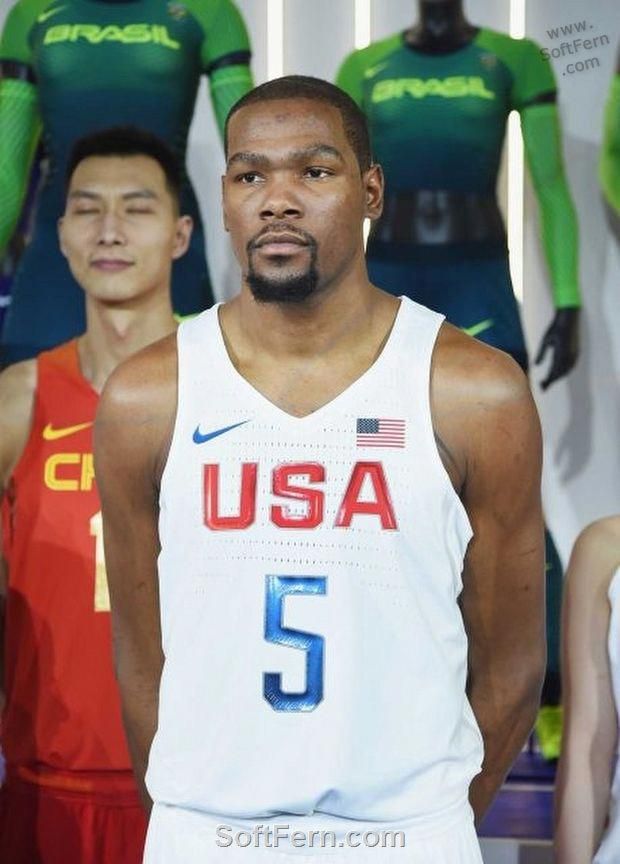 Naturally, such a system of counterattack requires special coordination of actions, and its development takes considerable time in the training process.
Naturally, such a system of counterattack requires special coordination of actions, and its development takes considerable time in the training process.
Development of a quick counter-attack through the middle of the field.
Players #5, #4, #3 are fighting for the ball and, having mastered it, they try to make the first pass to player #2, who passes the ball to player #1. Player #1 rushes forward dribbling through the middle of the court. Players #2 and #3 overtake the dribbler at high speed, form a triangle with #1, and finish the attack with a close range throw if they manage to create a numerical advantage under the opponent's shield.
If it was not possible to complete the attack in the first echelon, then the second echelon comes into action - center players #4 and #5. They, each on their own side of the court, rush to the opponent's shield. The one on whose side the ball is on ends the attack.
Development of a fast sideline break.
On a rebound from the left side of the backboard, the post makes a quick pass to player #2, who opens to receive the pass to the sideline, just above the free throw line.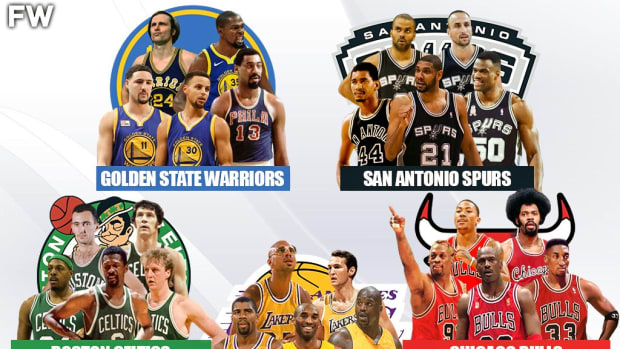 At the intersection of the sideline with the center, player #1 receives a pass from player #2, then passes it to player #4, who rushes forward on the left side. Player #4 has three possible continuations of the attack: give the ball to player #5 or #3, who is running towards the opponent's backboard in a straight line, or pass to player #2 in the area of the arc. It is clear that the transfer should be made to the most open player, who is in the most advantageous situation.
At the intersection of the sideline with the center, player #1 receives a pass from player #2, then passes it to player #4, who rushes forward on the left side. Player #4 has three possible continuations of the attack: give the ball to player #5 or #3, who is running towards the opponent's backboard in a straight line, or pass to player #2 in the area of the arc. It is clear that the transfer should be made to the most open player, who is in the most advantageous situation.
A similar situation occurs when attacking on the opposite side.
Development of a fast break after a free throw into our ring.
If player #4 catches a bounce or quickly clears a potted ball from behind the endline, the first pass is to the left sideline to player #1 opening at or slightly above the free throw line. Player #2 opens near the center circle, receives the ball and dribbles forward. Players #5 and #3 pass the dribbler along the touchlines, player #4 overtakes him from the right, and player #2 stays slightly back in the backing position.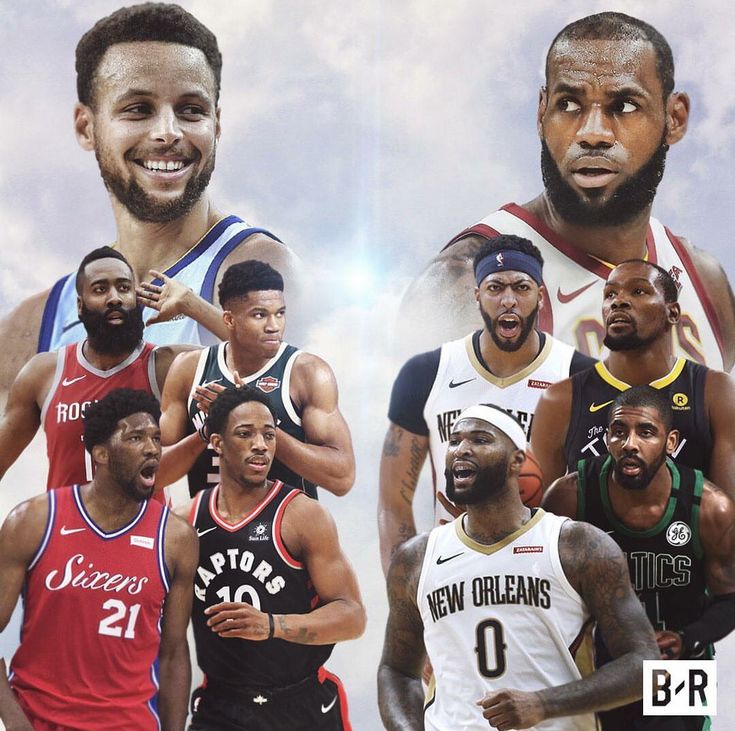 Thus, player #2 has four options to choose the direction of the attack.
Thus, player #2 has four options to choose the direction of the attack.
Same procedure as above, but after rebounding a field goal or after the ball is thrown in from behind the end line.
Developing a fast break after a dropped ball in the center circle or on the free-throw line in our half of the field.
Player #5 discounts player #4 who is ready to receive the ball with his hands up. After catching the ball, #4 passes forward to player #1, who opens up to receive that pass after being screened by player #3. Players #2 and #4 support the attack. Such a combination can be played in both directions. At the heart of her success is high growth, good jumping ability and the ability to accurately throw the ball to the partner of the center player.
Same scheme, but now player #4 screens player #2 who, having received the ball from player #3, rushes forward.
The easiest way to complete a counterattack is for the players to take the shortest path to the opponent's shield. However, with the development of a counterattack, options are possible with cross screens
However, with the development of a counterattack, options are possible with cross screens
interaction like a trio
setting up screens for the players of the second echelon in the center of the field.
Many teams in the world, including the USSR national team, after they failed to complete the counterattack with a scoring throw, in the transition to a positional attack, spent precious time placing players, thus allowing the enemy to prepare for defensive actions and occupy all defenders advantageous positions. This is why a quick or non-stop attack after a counterattack ("transition game") is increasingly used in the tactics of the best teams in the world. I will give an example of such an attack in the USSR national team.
The fast break was not completed by the players of the first attack tier #2 and #3, nor of the second tier #4 and #5. They, each on their own side, set up screens for fielders #3 and #2 for a shot from medium or long distance, and then go to the backboard to receive the ball in the three-second zone on the spot or to fight on the backboard, after a throw from one of the players # 2 or #3. Options for a non-stop attack can be very different. This could be a double or triple screen for the team's sniper, or a winger or post entering the 3-second zone after receiving the screen. It all depends on the characteristics and capabilities of the player for whom the combination is being made.
Options for a non-stop attack can be very different. This could be a double or triple screen for the team's sniper, or a winger or post entering the 3-second zone after receiving the screen. It all depends on the characteristics and capabilities of the player for whom the combination is being made.
Double screen to Marciulionis (#2) to attack with his left hand from the free throw area.
Players #4 (Volkov) and #3 (Tikhonenko) simultaneously put up two screens for player #2 (Marciulenis). #2 breaks into the free throw line, where he receives the ball from player #1 (Sokka). "Marciulionis has opportunities to continue the attack:
a) receiving the ball in motion and passing under the backboard;
b) receiving the ball with a stop and shooting on
c) passing the ball to player #5 (Sabonis) in case there is a switch of defenders.
Players #4 and #2 after screening go under the backboard to fight for the rebound.
Mixed defense
There are several systems of mixed defense:
1. Four players build a zone defense 2-2
Four players build a zone defense 2-2
or 1-2-1
capabilities and tactics of the opponent.
2. Three players build a 2-1 zone defense and two guard the enemy's strongest snipers.
3. One player completes the zone formation while four players cover the opponents personally.
4. Two players form a zone defense and three players act as an individual defense.
Mixed defense brought good luck to the USSR national team and the CSKA team more than once. The choice of defense has always been determined by the characteristics of the opponent and our capabilities.
In the final of the Olympic tournament in Seoul against the team of Yugoslavia, we used a mixed defense 1-4.
Sabonis played a zone defense, the rest of the players closely guarded their opponents. This was due to the presence of Vrankovic or Raja in the Yugoslav team, who are not very dangerous away from the shield, and the fact that Petrovich, Paspal, Kukoch posed a big threat.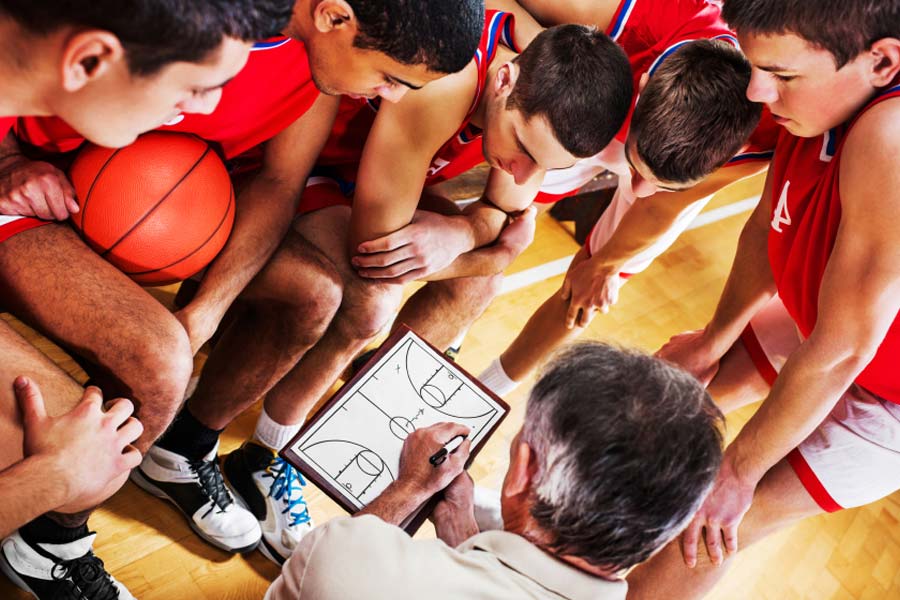 The players who guarded the leaders of the Yugoslav team could, with a greater degree of risk, fight with their opponents to get the ball. They knew that Sabonis would help them if they were beaten.
The players who guarded the leaders of the Yugoslav team could, with a greater degree of risk, fight with their opponents to get the ball. They knew that Sabonis would help them if they were beaten.
A similar defense was chosen in the semi-final tournament in Seoul against the US team. Sabonis did a zone defense and let Robinson or Reed or Maning shoot from wide. But the rest of the US players were completely covered, and a player like Maning did not bring a single point to the team. As a result, the USSR national team won 82:76. And Sabonis, who participated in the Olympics after a serious injury, two operations, took first place in the selection of balls from shields and made a great contribution to the victory of the USSR team.
Sometimes, with two centers Sabonis - Tkachenko, we built a mixed, personally set defense 3-2. Two giants and one mobile defender played well in the zone. In the early 70s, it was Eremin, then Valters, and at the Olympics and the pre-Olympic tournament Sokk performed this function, and Belostenny and Volkov played instead of Sabonis and Tkachenko in Holland.
At the Seoul Olympics, we used such a defense (3 in the zone, 2 in person) against the Brazilian team.
Sabonis, Volkov and Sokk built a triangle on top of which Sabonis and Volkov played. Tikhonenko took care of So-uzu personally, and Marciulionis took care of Schmidt, and although these two players scored 65 points together, the match turned out to be very difficult for us, but we still won 110:105. The mistake in the choice of defense was that Schmidt outplayed the smaller Marciulionis in different positions, and Souza outplayed the slower Tikhonenko. In the last 10 minutes of the match, Volkov was attached to Schmidt, Marciulionis switched to Souza, and we changed Tikhonenko to Goborov in zone defense.
Benefits of mixed defense
allows you to fight with him to get the ball, while expecting the active help of teammates, without fear of a throw.
2. Such a system, if the opponent is not prepared for it, tactically introduces confusion and makes it difficult to carry out combinations of screens.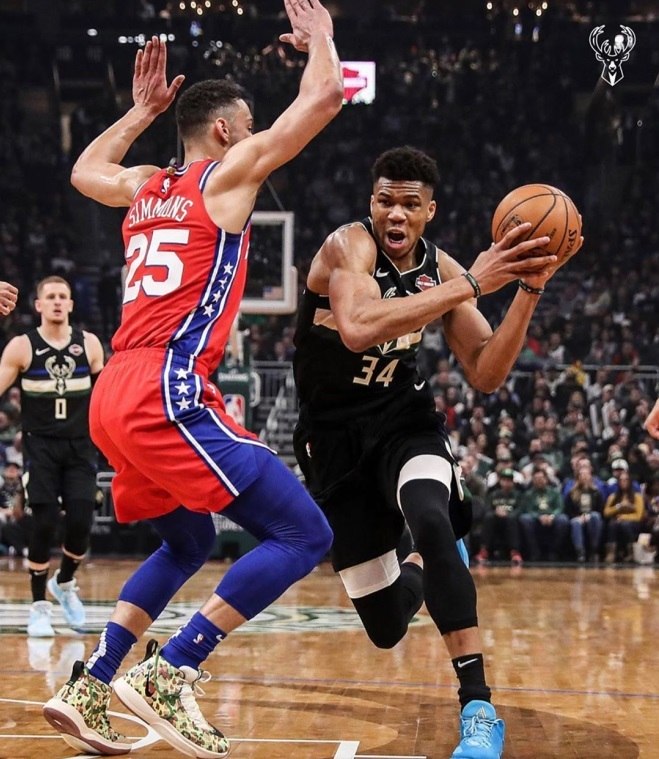
3. Combines the best aspects of individual and zone protection systems.
4. Promotes a quick transition from defense to counterattack.
5. Allows players to use their strengths in defense and not show weaknesses.
6. Can take the point guard out of the game and deprive the opponent of the usual formation and rhythm, destroy the counterattack if applied pressure throughout the field.
Weakness of the mixed defense
1. A technically competent team that has several leaders easily rearranges the offense and breaks the mixed defense.
2. Simultaneous movements of two or three players diagonally can destroy a mixed defense if the opponent manages to create a numerical advantage on one of the sides of the field.
3. Often vulnerable to medium throws from 3-4m.
4. Requires special lengthy preparation, coordinated actions, high teamwork of the whole team for rebuilding and interchangeability in positions.
5. If one of the five players did not have time to reorganize or did not cope with his duties, then the whole idea of such a defense breaks down.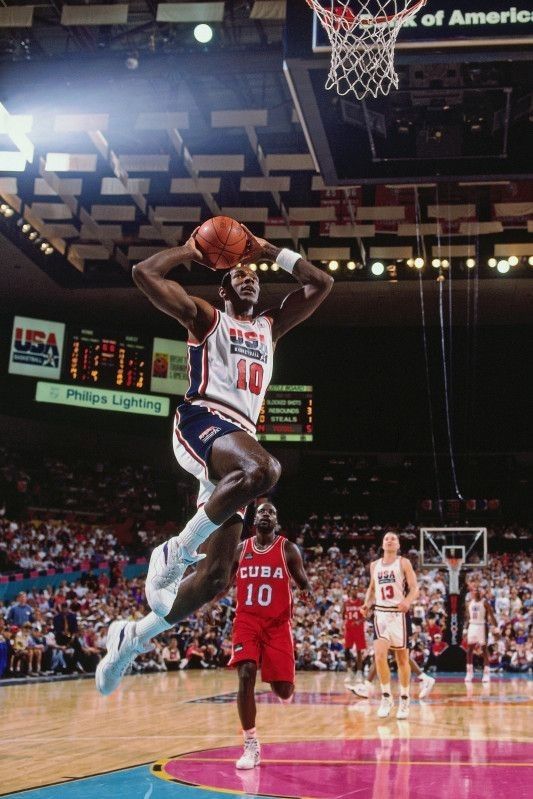
A.Ya. Gomel. Pressing defense
Pressing is the most active type of defense, constant pressure on the opponent. It can be personal or zone, it can start from the moment the opponent throws it: all over the court, on 3/4 of it, in their own half, i.e. on 1/2 site.
The goal of defense by pressing is not only psychological pressure on the opponent, but also the desire to break the opponent's established game, break his habitual connections between defense and attack, his combinations, make inaccurate passes of the ball, hasty - throws. It is impossible to apply pressure without mastering enough methods of individual protection. This form of defense requires high physical condition, good reserve and teamwork of all players and team units.
Pressing is used both as a system of play for long periods of time, and as a forced measure: when losing in a score to increase the pace or when waiting for pressure from an opponent.
By pressing, we try to take the ball away from the opponent - we force him to make false, inaccurate passes that are easily intercepted. Often, the opponents of the front line of pressing, having missed the opponents, do not pursue them, but watch the development of further events - this is a gross mistake. It is necessary to chase the player with the ball, trying to knock the ball from him from behind, stepping on his heels. Thus, you force the opponent to rush, worry, make mistakes.
Often, the opponents of the front line of pressing, having missed the opponents, do not pursue them, but watch the development of further events - this is a gross mistake. It is necessary to chase the player with the ball, trying to knock the ball from him from behind, stepping on his heels. Thus, you force the opponent to rush, worry, make mistakes.
If in zone or personal pressing you are left without a player and do not help a friend, you make a miscalculation. If one of the five pressers is not active, the work of the entire team goes down the drain. Pressing is primarily an active defense of the team.
In modern basketball, many coaches tend to believe that personal pressing is less effective, difficult, leads to a large number of personal violations and is inferior in usefulness to zone pressing systems. I also believe that a strong, technical player with good dribbling is able to cope with personal pressure.
In addition, with a stretched defense, it would be incredibly difficult to keep such players as Marciulionis, Volkov, Kurtinaitis, Petrovich, Schmidt, Kukach, Paspal, Rivier, Gallis one on one.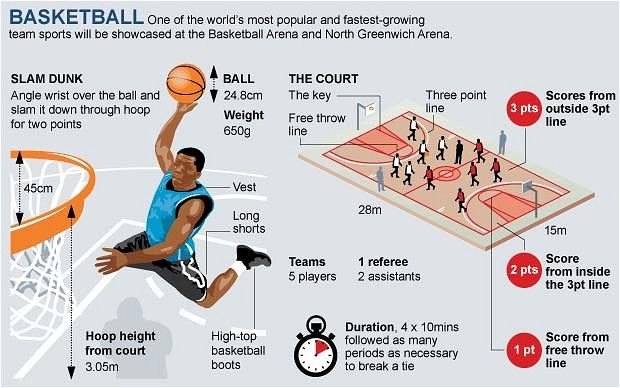 I'm not talking about NBA players. But although zone pressing has become more popular, it is impossible to do without the ability to play personal pressing. Therefore, it is necessary to train defense daily 1-1, 2-2, 3-3, 4-4 all over the court, with and without the ball, with and without dribbling, with and without screens, first at a walk, then at high speed.
I'm not talking about NBA players. But although zone pressing has become more popular, it is impossible to do without the ability to play personal pressing. Therefore, it is necessary to train defense daily 1-1, 2-2, 3-3, 4-4 all over the court, with and without the ball, with and without dribbling, with and without screens, first at a walk, then at high speed.
Exercises are useful in which the number of defenders prevails over the number of attackers. These exercises promote the interaction of the defenders, instill the skills of tackling the ball. They are also good for attacking players. When training personal pressing, due attention should be paid to the rapid movements of players in an active stance, in different directions, with a skillful change in the positions of players. Defenders of the first line of defense seek to push their attackers to the sidelines and prevent the attacker from getting around him with the ball and without the ball.
If one of the defenders managed to stop the attacker with the ball at the touchline at the intersection with the penalty or center line, the defensive partner must come to the aid of a friend: together they force him to make a cross pass, which the other three players are ready to intercept.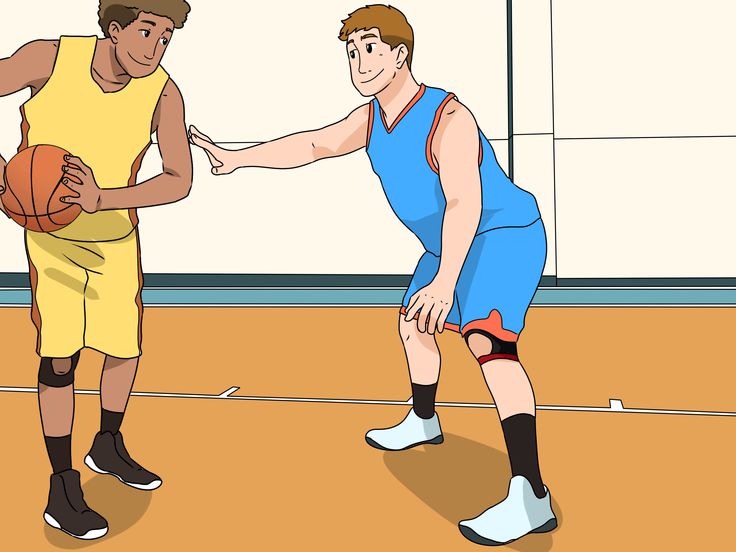
The initial stage of personal pressing is carried out by two fundamentally different tactical constructions:
1. The opponent who introduces the ball into the game holds a high moving edge and with an active movement of the hands prevents him from making an aimed pass.
2. No one guards the opponent who puts the ball into play, but two pressers prevent the most dangerous dribbler from getting the ball.
For example, Volkov secured Sokk and Marciulionis from behind when passing to player 5. make him stop and do not let him make an accurate pass, interfering with his hand movements;
2) if the defending partner allowed himself to be bypassed, immediately come to his aid, of course, without leaving your ward in a safe position under the shield;
3) constantly watch not only your ward, watch the actions of partners, learn to see the whole field.
In the USSR national team and CSKA, zone pressing 1-2-1 - 1 brought us the most success.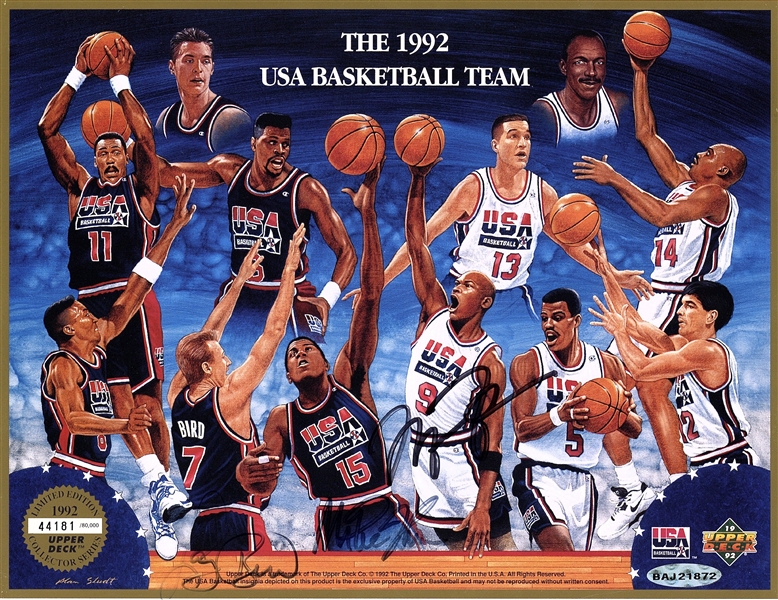 We started pressing from the opponent's front line after a goal and a free kick. High extreme Volkov interfered with the throw-in. If the ball was injected to the right, Marciulionis and Volkov attacked X2 defender together, trying to prevent him from going forward and make an aimed pass to XI defender, Sokk followed the movement of X3 and X4. Sabonis secured the rear, was responsible for long passes and for the X5 player. Tikhonenko in the center of the field followed X4's pass with a long pass and went to the ball passing side.
We started pressing from the opponent's front line after a goal and a free kick. High extreme Volkov interfered with the throw-in. If the ball was injected to the right, Marciulionis and Volkov attacked X2 defender together, trying to prevent him from going forward and make an aimed pass to XI defender, Sokk followed the movement of X3 and X4. Sabonis secured the rear, was responsible for long passes and for the X5 player. Tikhonenko in the center of the field followed X4's pass with a long pass and went to the ball passing side.
Returning from a weak attack, we built a defense 2-3
Zone defense in basketball
The meaning of this defense is that the players are in charge of a certain area of the field, in accordance with the position of the ball and the formation of the attacking team.
Benefits of zone defense:
1. Gives the opportunity to place players in accordance with their physical, technical and mental characteristics.
Tall, jumpy players are positioned close to the backboard, agile, fast players are in positions higher from the backboard.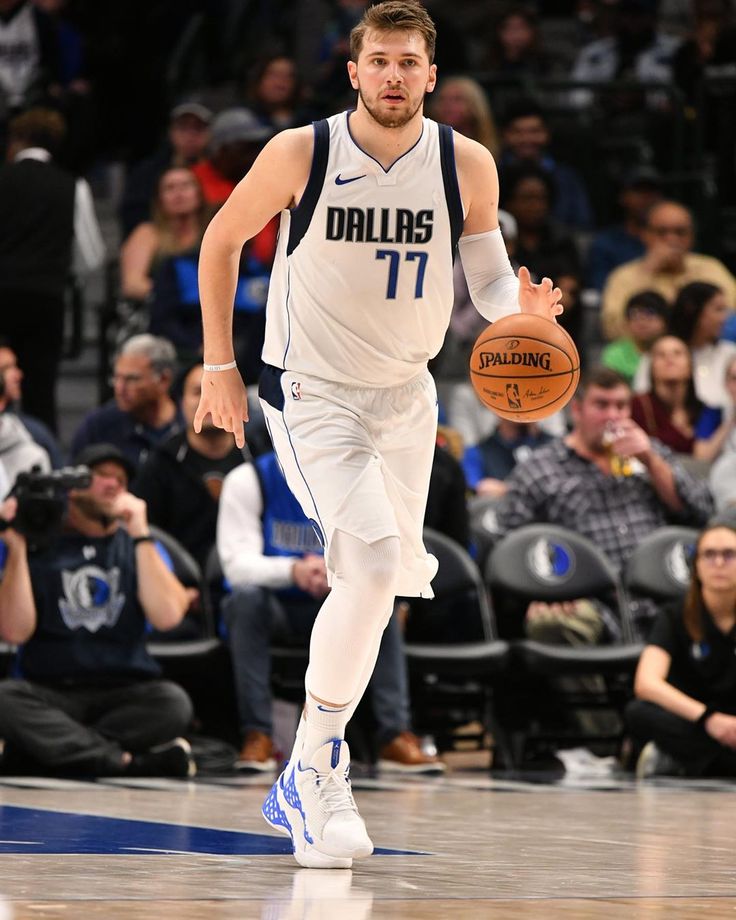
2. More commanding, easy to master, able to compensate for the individual gaps in the defense of the players.
3. Promotes counter-attacking and frequent interceptions of the ball with the greatest possible degree of risk, because. Partners are always ready to help.
4. The number of fouls in a zone defense is usually less than in a personal defense.
5. This defense is less vulnerable against screen combinations.
6. Can concentrate with strong opponent centers and stretch with snipers.
7. More than personal protection, it saves players' strength and protects leaders from fouls.
8. Most effective against opponents with strong centers.
9. A team that owns a zone defense can easily build mixed forms of defense: 3-2, 4-1, 2-3.
10. Convenient and suitable for small fields.
Disadvantages of zone defense:
1. Inferior to the personal psychological responsibility of the players, their charge for individual victory in defense.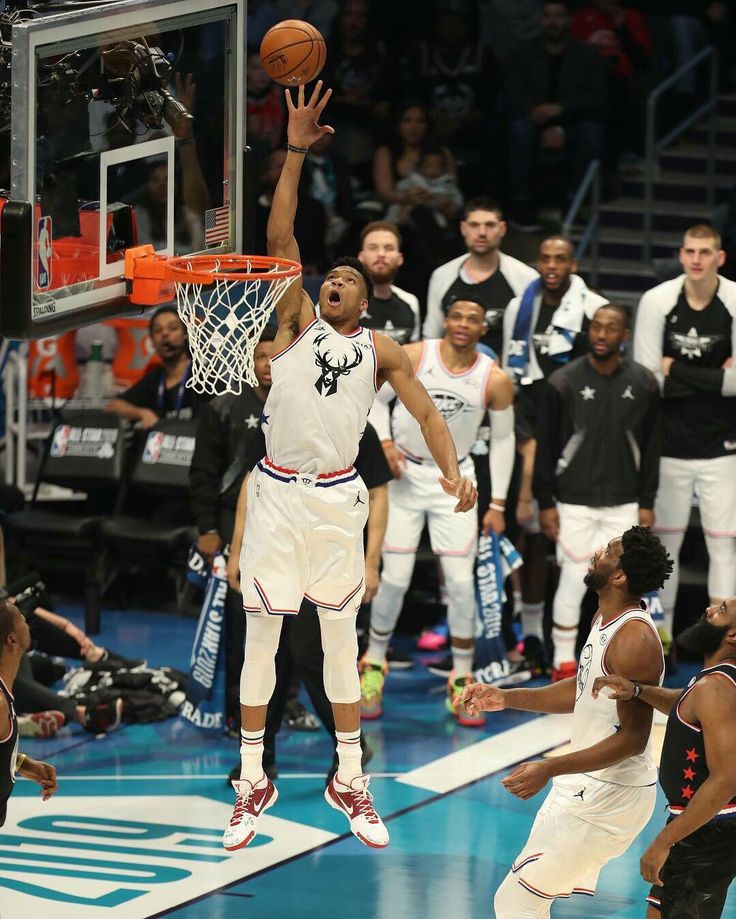
2. Less useful against teams with strong snipers.
3. As a rule, the corners of the court are less protected in zone defense.
4. Zone defense may be used occasionally and should not be the main form of defense. It is not advisable to use zone defense at the beginning of the match, when the opponent's players are not yet tired, energetic enough - their throws are more accurate and productive than at the end of the game.
There are several formations of the zone defense, however, each of the zone defenses should easily transform depending on the attack - stretch when attacking from a distance and group around the ring.
Even type of zone defense formations includes systems: 2-2-1, 2-1-2, 2-3.
Odd formation: 1-2-2, 1-3-1, 3-2.
Each of these constructions has its advantages and disadvantages, which are useful to analyze.
The arrows indicate the direction of movement of the players. The shaded places on the court are the weak positions of the defense.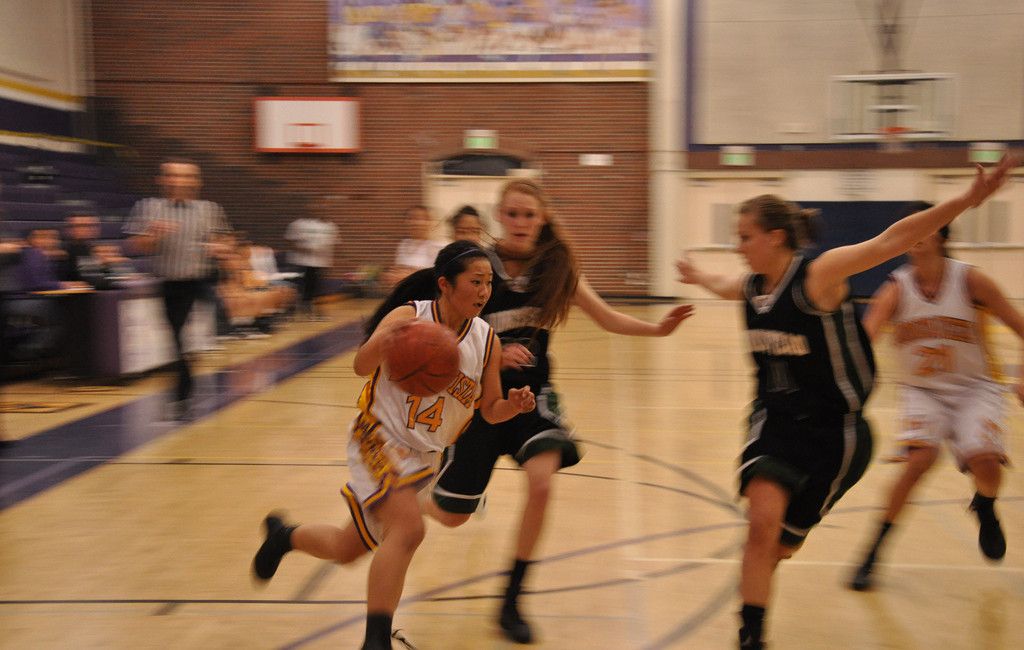
Zone defense 1-2-2
#1 - the lightest, fastest defender, #2 and #3 - quite mobile, jumpy, good if their height is at least 2 m. #4 and #5 - centers. Their task is to fight with the opponent's centers, picking up balls from the shield.
This system is most useful against teams trying to attack from under the shield through the post. Disadvantages - weak positions indicated in the figure.
Zone defense 2-1-2
It is used against strong opponent's centers who are dangerous on the "second floor" when rebounding the ball. Good for developing a counterattack with fast #1 and #2 players. Vulnerable in corners under 45, in the center for long and medium throws. The task of post #5 is to mark the opponents' post and, together with ?3 and ?4, create a rebounding triangle. #3 and #4 are mobile and high wingers, they can be swapped depending on the place of the sniper's attack.
Zone Defense 1-3-1
Helps to keep #3, #5, #2 between the ball and the basket at all times, used against opponent's strong centers and shots from middle and close positions. Her weakness is throws from the corners of the site and passes to the shield along the front line.
Her weakness is throws from the corners of the site and passes to the shield along the front line.
#1 - the fastest defender, running into the gap in every possible situation, #2 and #3 - mobile, jumping players, #5 - center, #4 - the fastest winger, able to move into the corners of the court.
Zone defense 3-2
#1, #2 and #3 are aggressive, mobile players, the success of the whole system largely depends on their activity. All three are focused on intercepting the ball and counterattacking. This system is most acceptable against teams seeking to attack from a distance, and less suitable against strong centers. The 3 second zone and 45 angle positions are the most vulnerable. #1 is in charge of the foul line. #2 and #3 are in a rebound fight. #5 and #4 are the first and second centers.
Zone protection 2-3
Strongest under the backboard, in the corners of the court along the front line. It is used against a tall, powerful team attacking from close positions and from under the shield.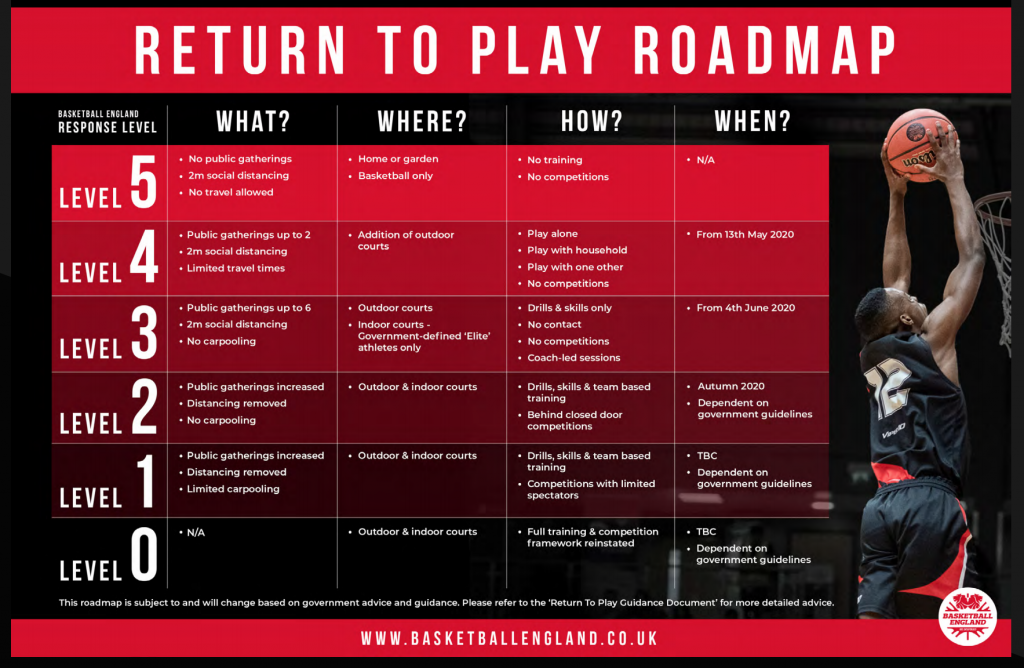 Often used for group selection of the ball in the corners of the court. When interacting #4 and #2 or #3 and #1, the defense is less effective on the foul line and at a 45 angle. #5 - center, #4 - second center, #3 - winger, #1 and #2 - defenders, constantly aimed at interception and counterattack.
Often used for group selection of the ball in the corners of the court. When interacting #4 and #2 or #3 and #1, the defense is less effective on the foul line and at a 45 angle. #5 - center, #4 - second center, #3 - winger, #1 and #2 - defenders, constantly aimed at interception and counterattack.
Zone protection 2-2-1
This defense is used by agile and short teams aiming to intercept the ball and constantly counterattack. This zone counterattack is used against teams seeking to attack from medium distances. Center #5 is responsible for rebounding, wingers #3 and #4 are responsible for positions in corners and under 45 , rebounding the ball and for the foul line.
Defenders #1 and #2 tend to close the passes to the shield and into the three-second zone, while they themselves are constantly aimed at counterattacking.
A.Ya. GomelskyDefense against ball carrier
It is necessary to work out the correct position of the body in a basketball stance: the center of gravity is distributed evenly on both legs, but not on the full foot, but on the toes, with a "charged" (ready for any movement) foot, knees slightly bent, legs slightly wider than shoulders . Boxing stance - like the great Michael Jordan.
Boxing stance - like the great Michael Jordan.
If the opponent is in possession of the ball, one arm of the defender must be directed at the ball and constantly attack the opponent, preventing him from aiming or throwing (best if it touches the attacker), and the second arm slightly pulled back. Many defenders, being between the player with the ball and the basket, even in the correct stance, do not actively use their hands, do not make an offensive movement towards the attacker, which allows the opponent to calmly take further actions. At the same time, it must be remembered that you cannot cross your legs, that the distance between the defender and the opponent must be calculated so that the opponent can pass with a dribbling to the ring.
Contact defense against the ball carrier, although difficult and somewhat risky, is modern and has its advantages. If your arm extended to the opponent reaches his chest, then by doing so you prevent the attacker from lifting the ball up for a throw.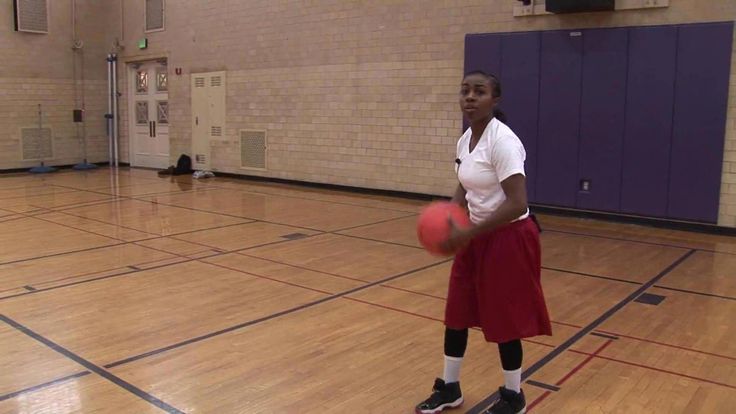
The defender's movements should be trained regularly:
a) in each training session - with and without resistance;
b) with one or two balls;
c) with side steps, making contact with the body closest to the attacker.
The defender's actions in different situations can be divided into 12 positions:
1. Defense against a dribbler driving the ball to your ring.
2. Defending against a player who has finished the dribble and is looking to either shoot or pass.
3. Defense against an attacker 5-6 m from the backboard, but not using the dribble.
4. The actions of the defenders in the numerical minority.
5. Actions of two defenders against three forwards.
6. Actions of three defenders against four forwards.
7. Actions of defenders during screenings.
8. Rear screen protection.
9. Slip protection.
10. Group tackle by two defenders.
11. Defense against the first pass to the counterattack.
12. Fighting the attacker in the corners of the court.
Fighting the attacker in the corners of the court.
Let's try to analyze the defender's actions in each of these positions.
1. Defender's task - in a parallel low stance, without crossing the legs, move backwards, knees slightly bent, one hand all the time makes attacking movements towards the dribbler (feints with the body and head participate in this frightening dribbler movement), with the other hand he tries to stop the dribble (if possible, knock the ball out). The raised hand is ready to prevent the presenter from making the pass. Hands can be changed, they are always in motion.
As already mentioned, one should move on a "charged" foot, the heels do not touch the floor, the back is straight, slightly tilted forward, the head is raised up.
The leader should be pushed to the sideline, in the corner of the court, or his movement should be directed towards the defensive partner, remembering that the leader must not be allowed to go to the "strong" side (if left-handed - to the left, if right-handed - to the right).
The distance from the leader should be maintained depending on the speed of his rushing with the ball, his ability to attack or pass, as well as your ability, taking into account the position on the field of defensive partners. Do not rush to take the ball away from a good dribbler, wait for him to stop or make a mistake.
2. If the attacker has finished dribbling and has stopped to shoot or pass the ball, the defender must definitely get close to him, actively using his arms, preventing him from concentrating on the next action. The hand closest to the opponent must touch the fingers of his chest or stomach and not allow him to lift the ball up to attack the ring or pass. The defender seeks to force the opponent to turn his back to the shield and, without stopping attacking the attacker, prevents him from making an aimed pass. The defender must signal to his defensive partners to be ready to intercept the ball. These are already team actions.
3. If the opponent has received the ball 5-6 m from the backboard and he is in possession of the dribble, the defender must not stop actively attacking the attacker; make short lunges with your front foot, use your hands to prevent him from aiming. The attacker cannot be missed to the shield along the front line, if he moves slightly towards it, none of the partners will help the defender. The hand close to the end line insures the passage with the lead, the other one attacks the attacker.
The attacker cannot be missed to the shield along the front line, if he moves slightly towards it, none of the partners will help the defender. The hand close to the end line insures the passage with the lead, the other one attacks the attacker.
Do not give in to feints. If the attacker went to the end line where the defender took up position, you can meet him with his chest and show the referees that he knocked you down. Don't be afraid and learn to fall gently on your back.
If the attacker, despite the activity of the defender, lifted the ball for a throw, you should try to jump with him and prevent the throw. Do not stop working even when the opponent has already made a throw or pass. Do not turn away from him and block his path to the shield. When you take a step back, meet him with your face, and do not try to run after him. You should always be in these moments between the opponent and your shield.
4. If the defender is alone against two attackers, he tries to prevent the ball from being thrown from under the backboard and retreats with his back to his ring so that he can see both attackers.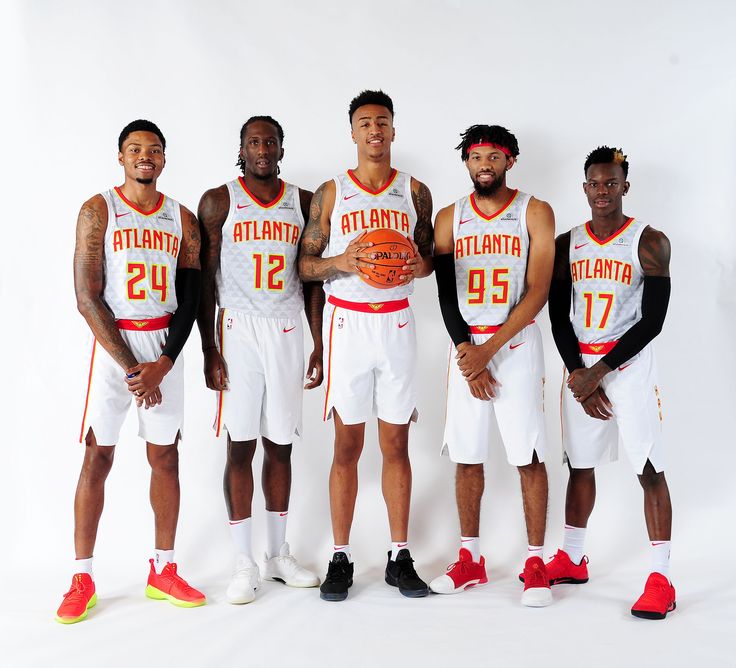 With false movements, he tries to stop the player with the ball and prevent him from making a pass to the opponent under the ring or in time for him in order to block the throw from afar. Not allowing the ball to be thrown from under the shield, the defender will fulfill his mission.
With false movements, he tries to stop the player with the ball and prevent him from making a pass to the opponent under the ring or in time for him in order to block the throw from afar. Not allowing the ball to be thrown from under the shield, the defender will fulfill his mission.
2x1 training on the spot and on the move develops reaction in defenders, teaches active arm movement, backward movement, composure and ability to intercept the ball.
5. Two defenders against three forwards - a common situation in any match, so the defenders, regardless of their position, being in the minority, must know their maneuver.
The front defender moves towards the dribbler to stop him at the top of the three-point offensive zone. He uses a feint, showing that making contact with this attacker is his main real task. At the same time, he should not get close to the opponent leading the ball. The rear defensive player takes a position on the free throw line, behind the front one and, after the pass from the dribbler, moves towards the player who received the ball - he is responsible for passing this player to the backboard or throwing from close range.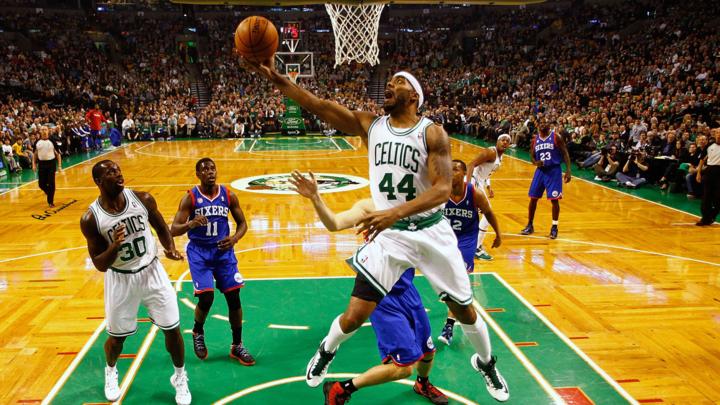 The front defender, meanwhile, quickly moves to the third striker under the shield, managing to prevent him from getting the ball. The task of the two defenders is to prevent the ball from being thrown from under the shield. Exercises 3x2, 4x3, 5x4 are a good school for practicing such actions. You can train them by attacking with two balls.
The front defender, meanwhile, quickly moves to the third striker under the shield, managing to prevent him from getting the ball. The task of the two defenders is to prevent the ball from being thrown from under the shield. Exercises 3x2, 4x3, 5x4 are a good school for practicing such actions. You can train them by attacking with two balls.
6. If three defenders are defending against four attackers, their actions are built as follows. If attacker XI has the ball, defender ?1 rushes towards him, defender ?2 is responsible for throwing and moving to attacker XZ's shield, defender ?3 moves to the shield. If attacker X2 receives the ball, defender ?1 tends to it. Defender ?3 is responsible for attacker X4, defender ?2 moves to the basket.
A 4x3 drill on the spot and on the move, with rebounding the ball after a throw, with one and two balls - a good rehearsal for a defense of three against four.
7. Today, not a single even very serious team imagines an attack without a combination of screens.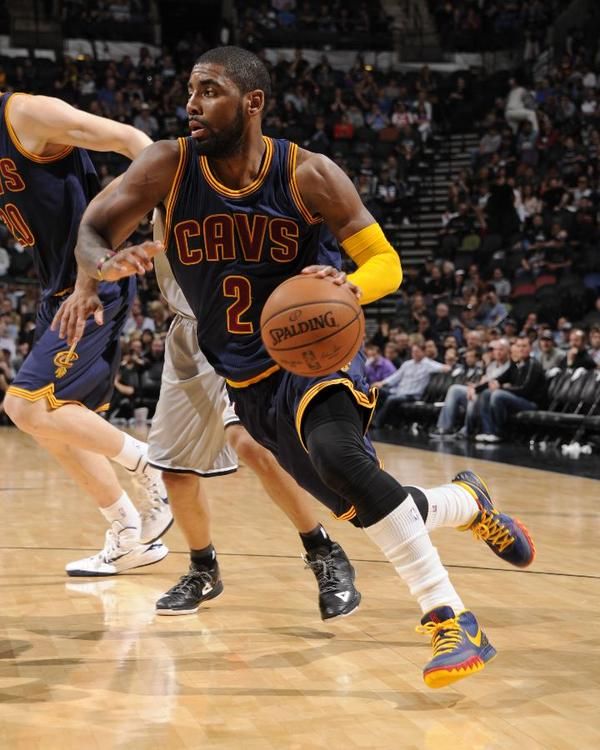
Coordination of actions of the team's defenders, warning about the impending screen determine the preparation of the team to fight the screens.
The guard guarding the screening player must warn his partner of the imminent threat. If the screen without the ball is made by attackers of the same height, there is no great danger of changing the defenders.
If the defenders want to avoid changing when screening from the side, the defender must turn towards the defender and step back, bypassing him from behind, which will not allow the attacker to pass to the backboard.
If the attacker screens from the blind side, from behind, the defender must open towards the defensive partner, turning sideways to him. This will make it difficult to set up a barrier.
8. If your partner puts a screen on the sniper when attacking from medium or long distances behind the defender and you did not have time to get out from under such a screen, a change is necessary: your partner switches to the sniper with his hand raised and prevents him from making a throw. You are left with a dangerous, taller opponent, and your task is to prevent him from getting the ball or picking up the ball after the throw.
You are left with a dangerous, taller opponent, and your task is to prevent him from getting the ball or picking up the ball after the throw.
It is difficult to do without the help of partners in this situation. In general, I am a supporter of the smallest shift with screens, because. this reduces individual responsibility and gives the attacker a chance to beat the defender.
9. If your player, while in possession of the ball, seeks to pass to a teammate who is close to him, you must step back and allow your defensive partner to slip, and then take an active position towards your attacker.
10. The defensive player should always try to get the dribbler to the touchline, into the corner of the court, stop him and turn his back to the backboard.
The second defender, seeing this situation, attacks the opponent with the ball from the other side. Both of them with active hand movements interfere with making an aimed pass. It is important that the rest of the defense players are ready, focused on intercepting the ball.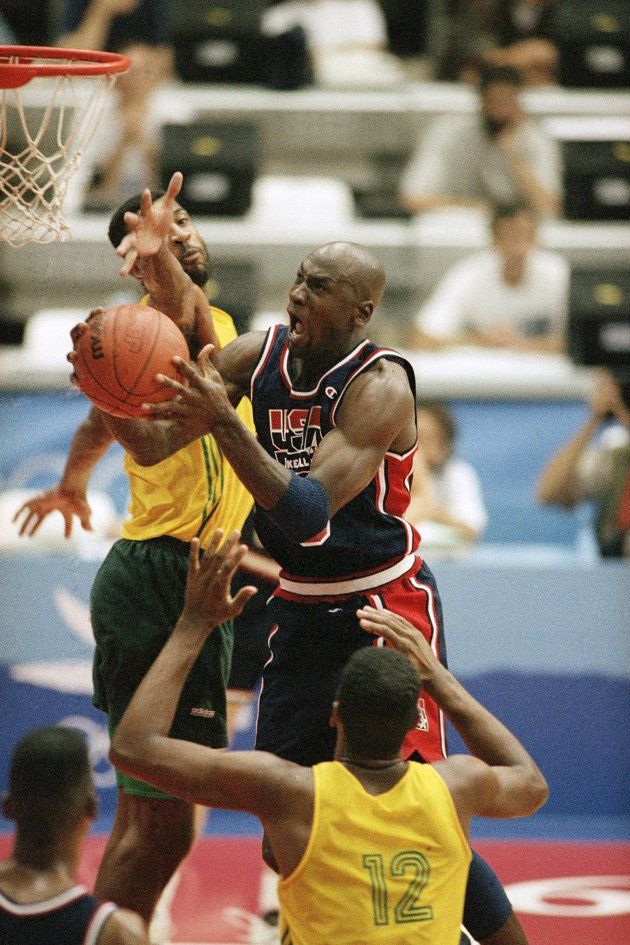
11. The USSR national team used the defense against the first pass in a fast break more than once against opponents who counterattack through a fast dribbler, sending him the first pass after picking up the ball from the backboard. So we often defended against the Spanish national team, where the ?1 dribbler was Carbolan or Salosobal.
Our team's tall center, who plays close to the backboard, whether it's Tkachenko, Sabonis or Belostenny, prevents the dribbler from making an accurate first pass. At the same time, our fast defender, for example, Homichujus, presses ?1 opponent and does not allow him to receive the ball. The other three of our players were to immediately return to their zone.
So often the counterattack of the Spanish national team failed, in which the Spaniards were especially dangerous and productive.
I must say that there are some significant differences between the game of our and American defenders. According to my conclusions, they are:
1.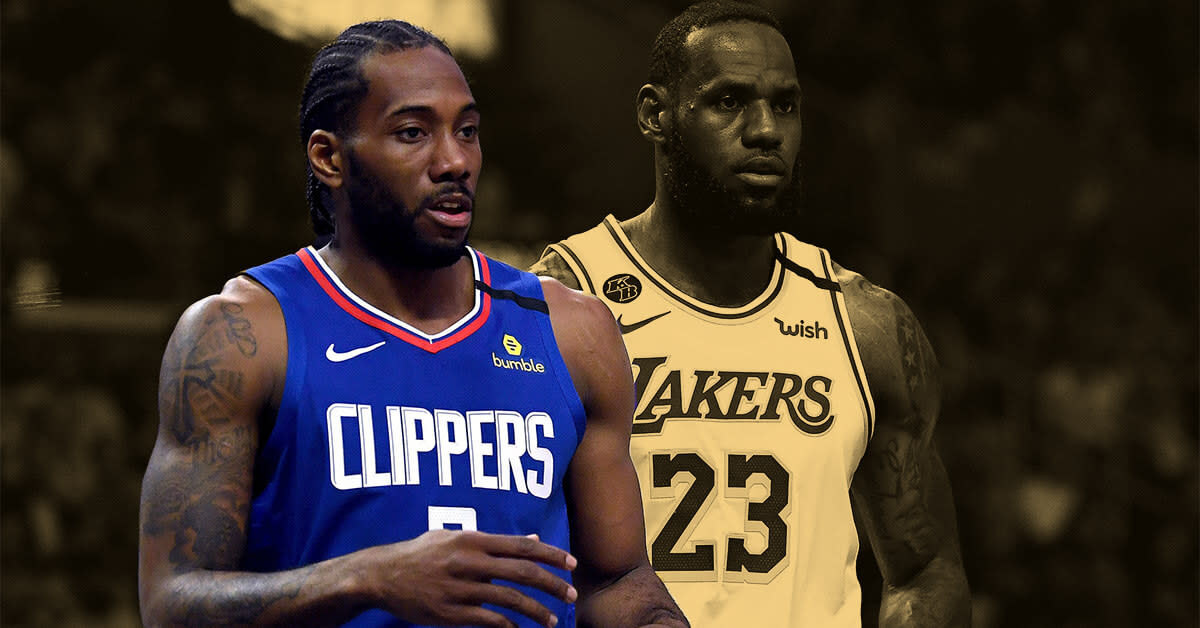 Americans on the defensive are always offensive, they are not afraid of a contact attack on the attacker in possession of the ball.
Americans on the defensive are always offensive, they are not afraid of a contact attack on the attacker in possession of the ball.
In a low stance with arms raised, the US defender seeks to hit the ball, prevent a pass from being made, not to mention a shot. If the attacker lifts the ball up, the defender immediately reacts to this: his hand rises up and seeks to interfere with any actions of the attacker. The attacker put the ball down - the defender immediately takes two quick steps back, preparing to prevent the opponent's pass without losing his defensive stance.
2. When active, the American defender never allows the attacker to pass with the ball through the center, into the middle, but constantly pushes him to the sideline. When an attacker is missed on the front line, teammates immediately come to the aid of the defender. Our tactic is, on the contrary, to close the baseline, where, as we believe, it is more difficult to provide team assistance. I think it's best to find a compromise here: train the safety net both in the middle of the three-second zone and when passing on the front.